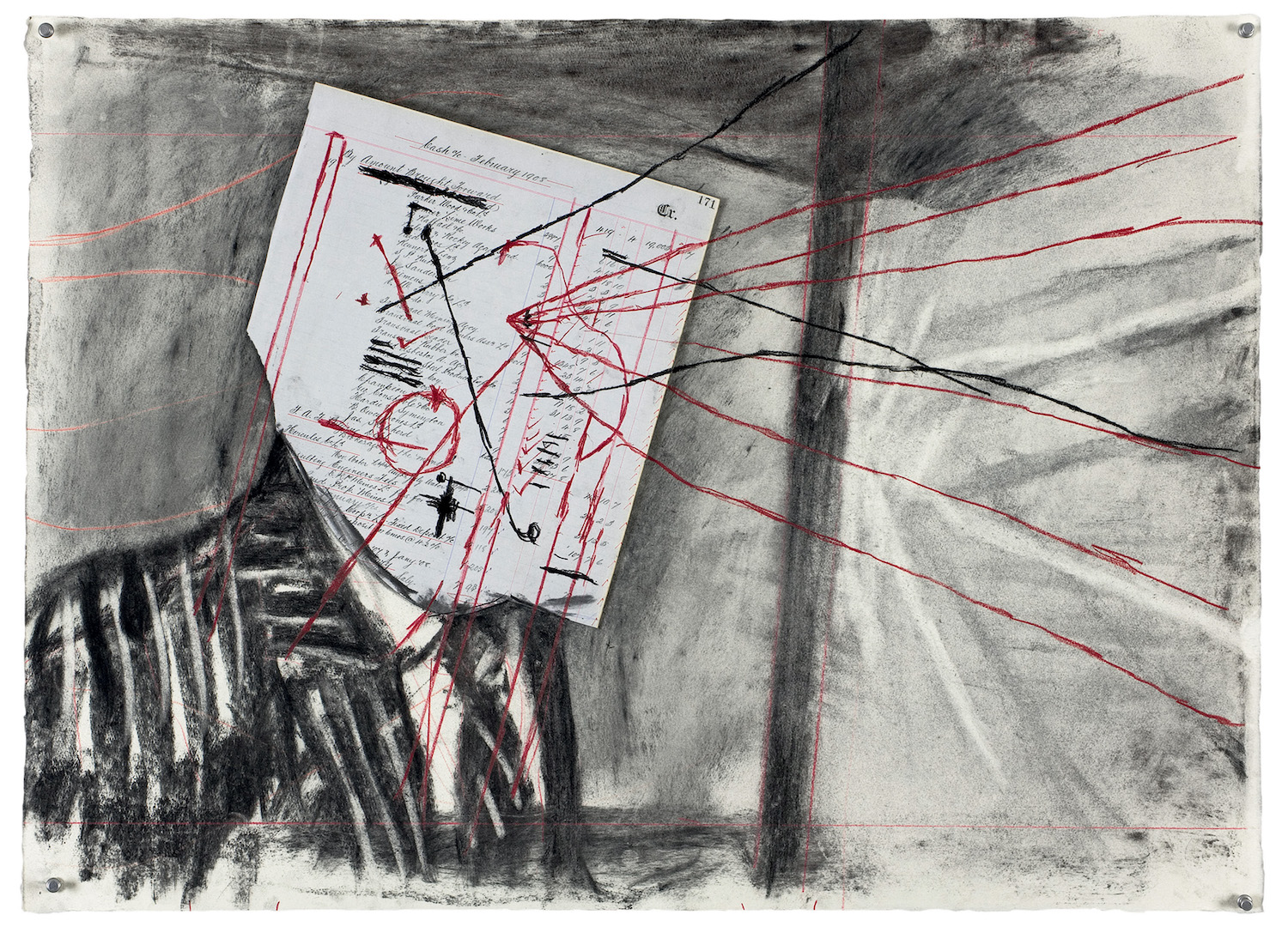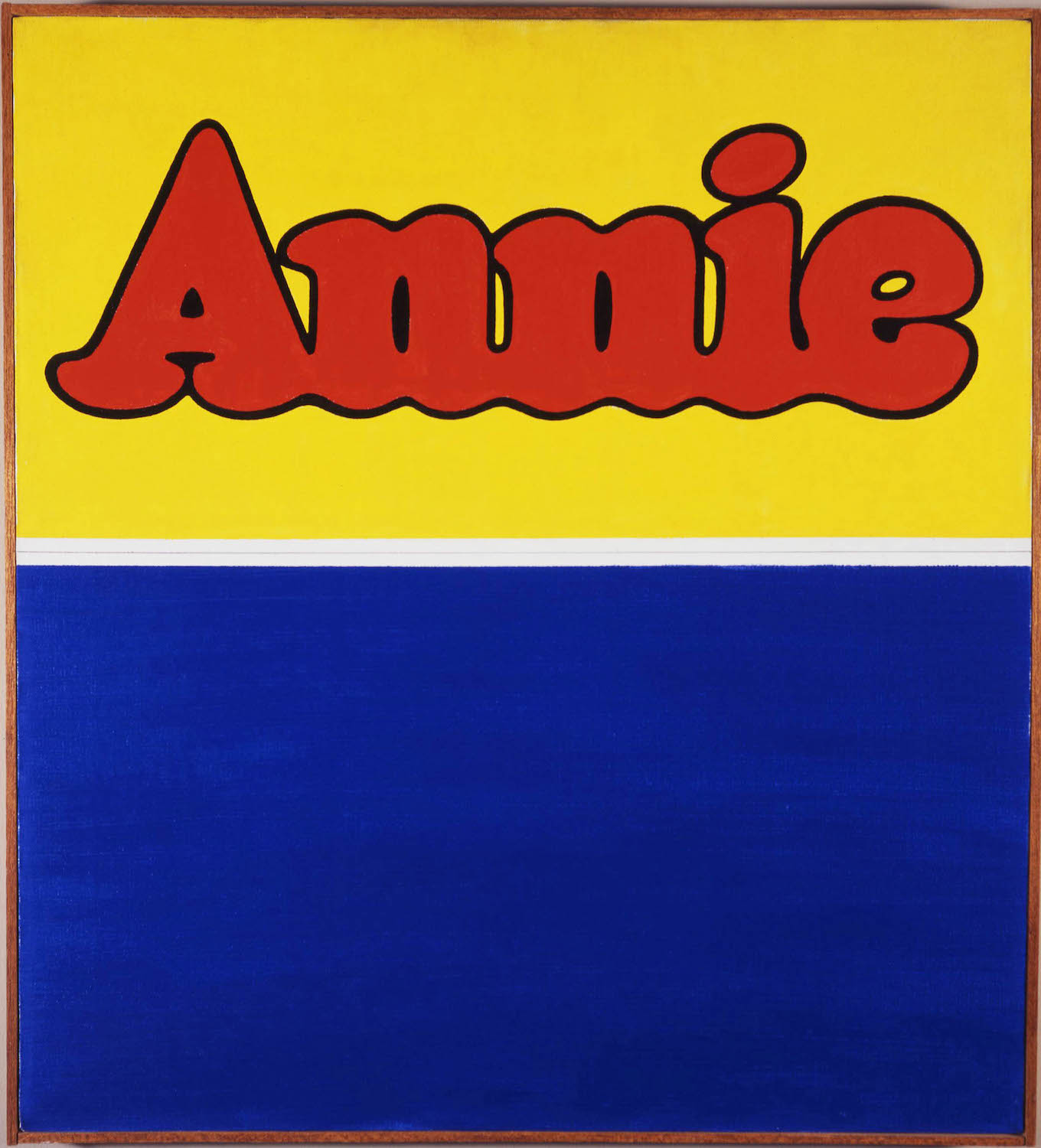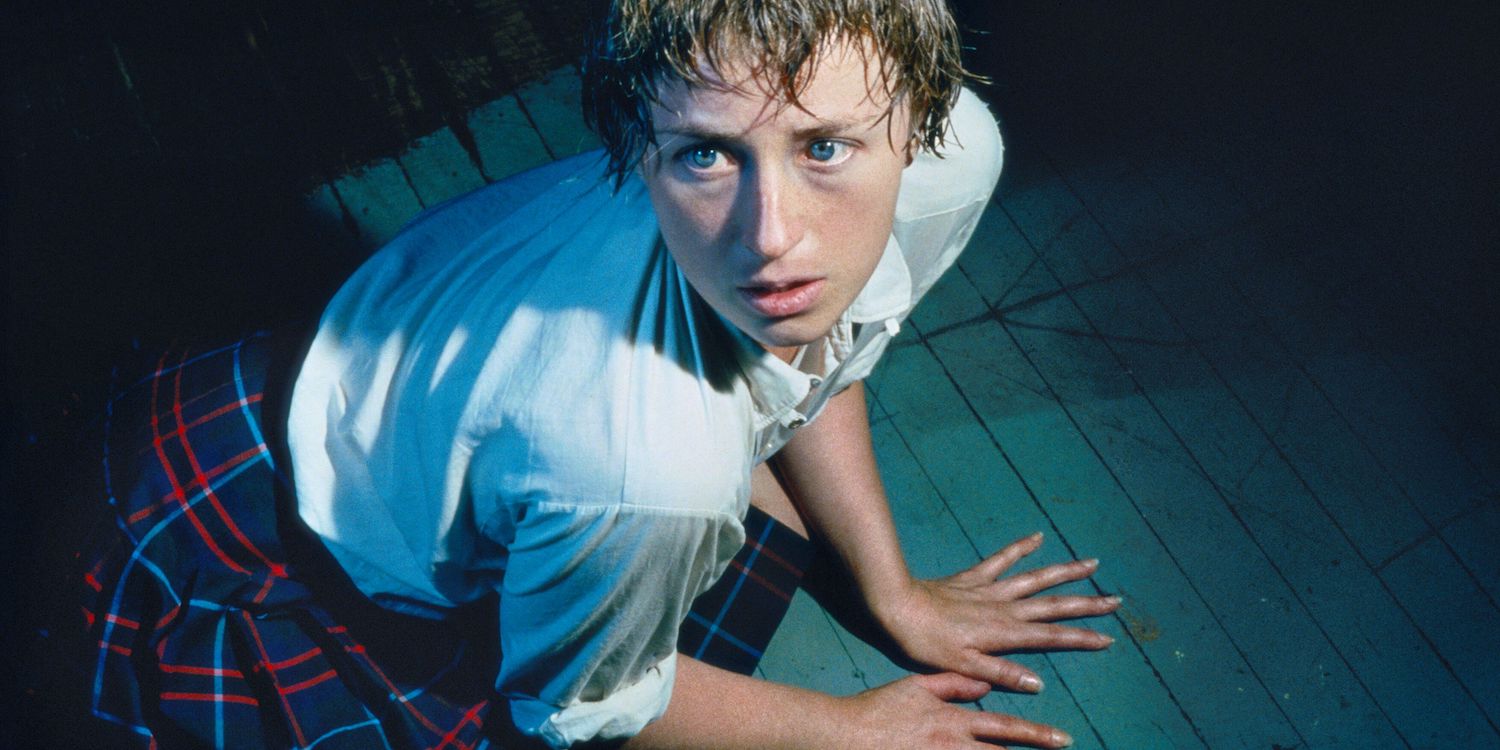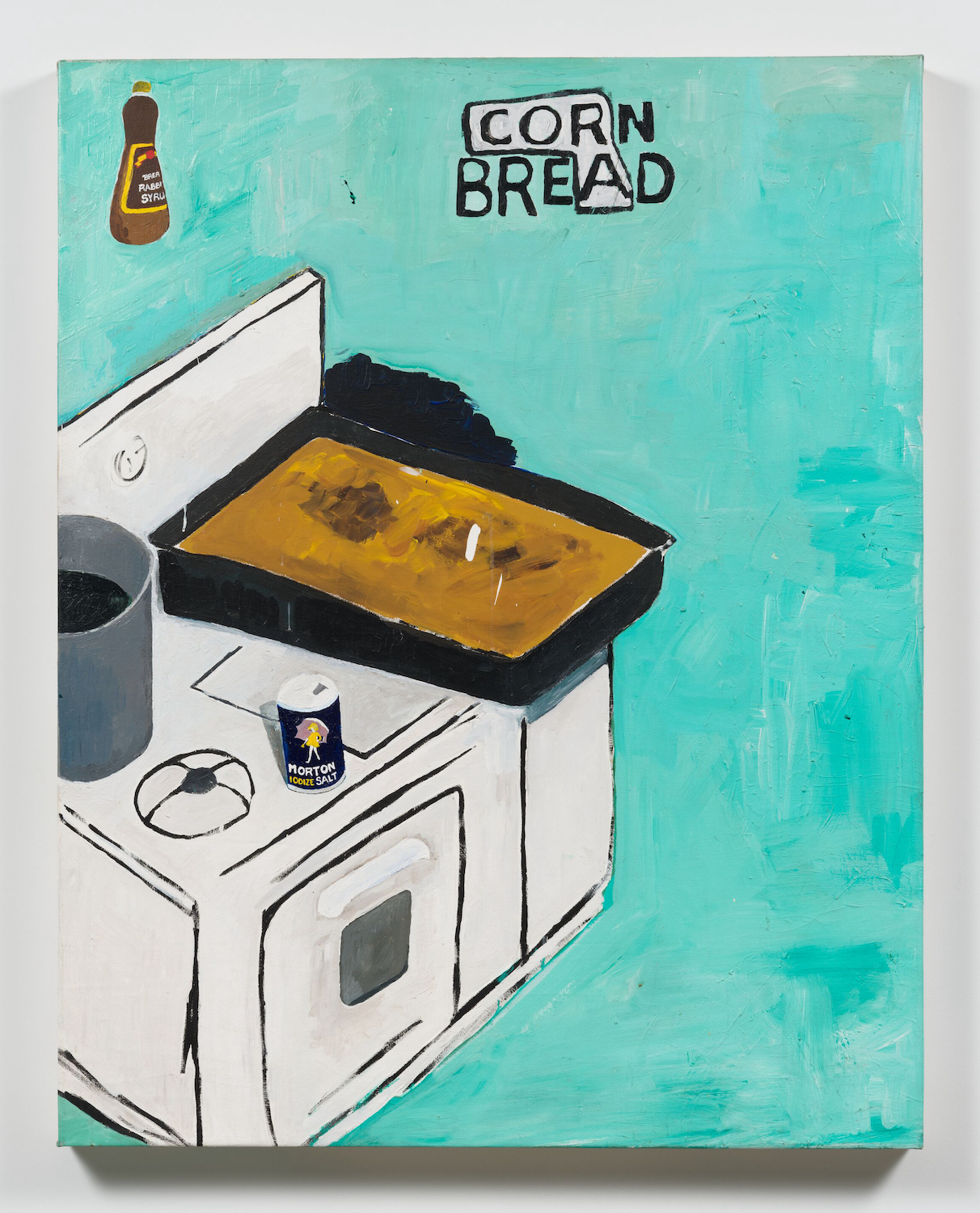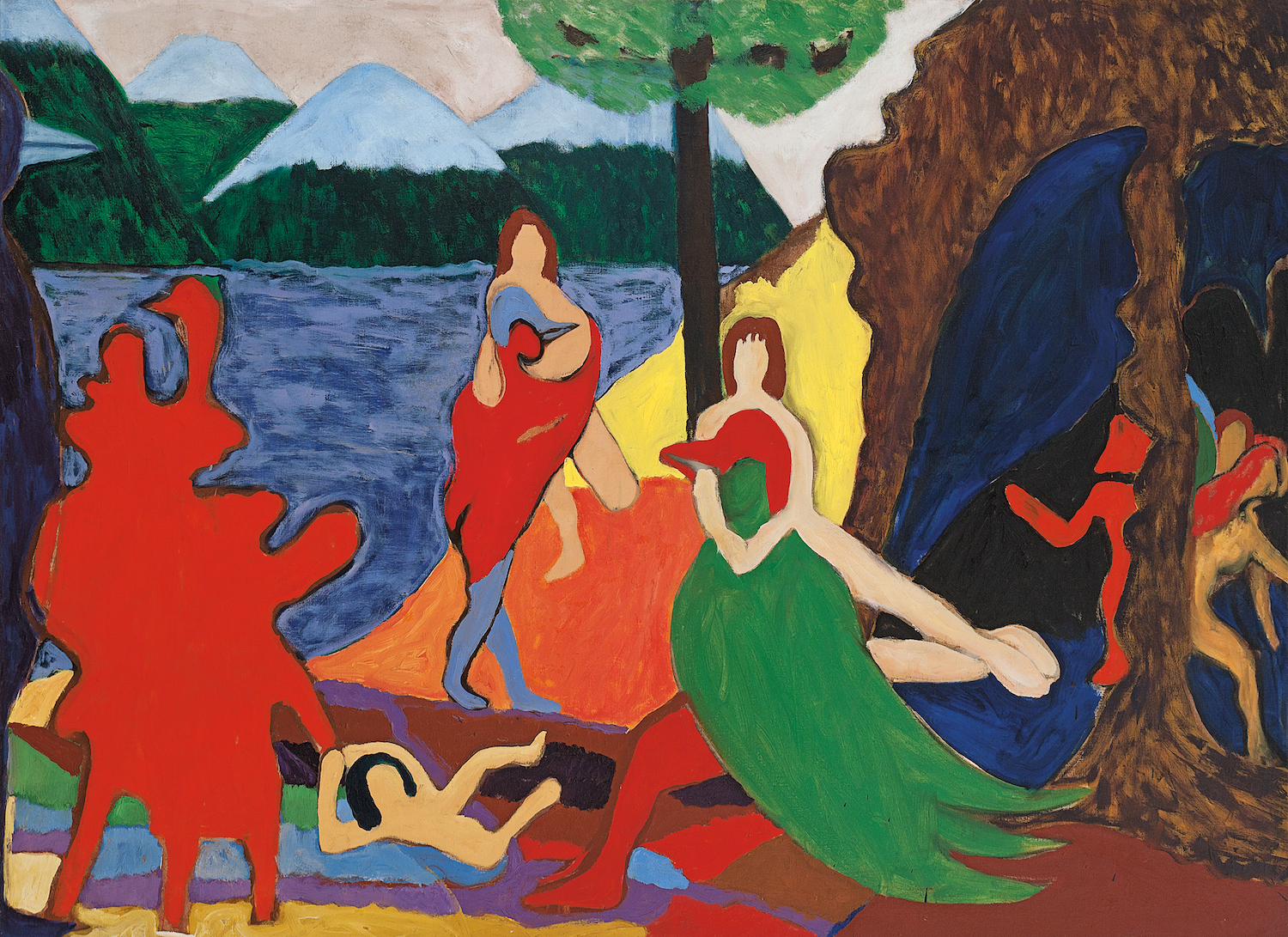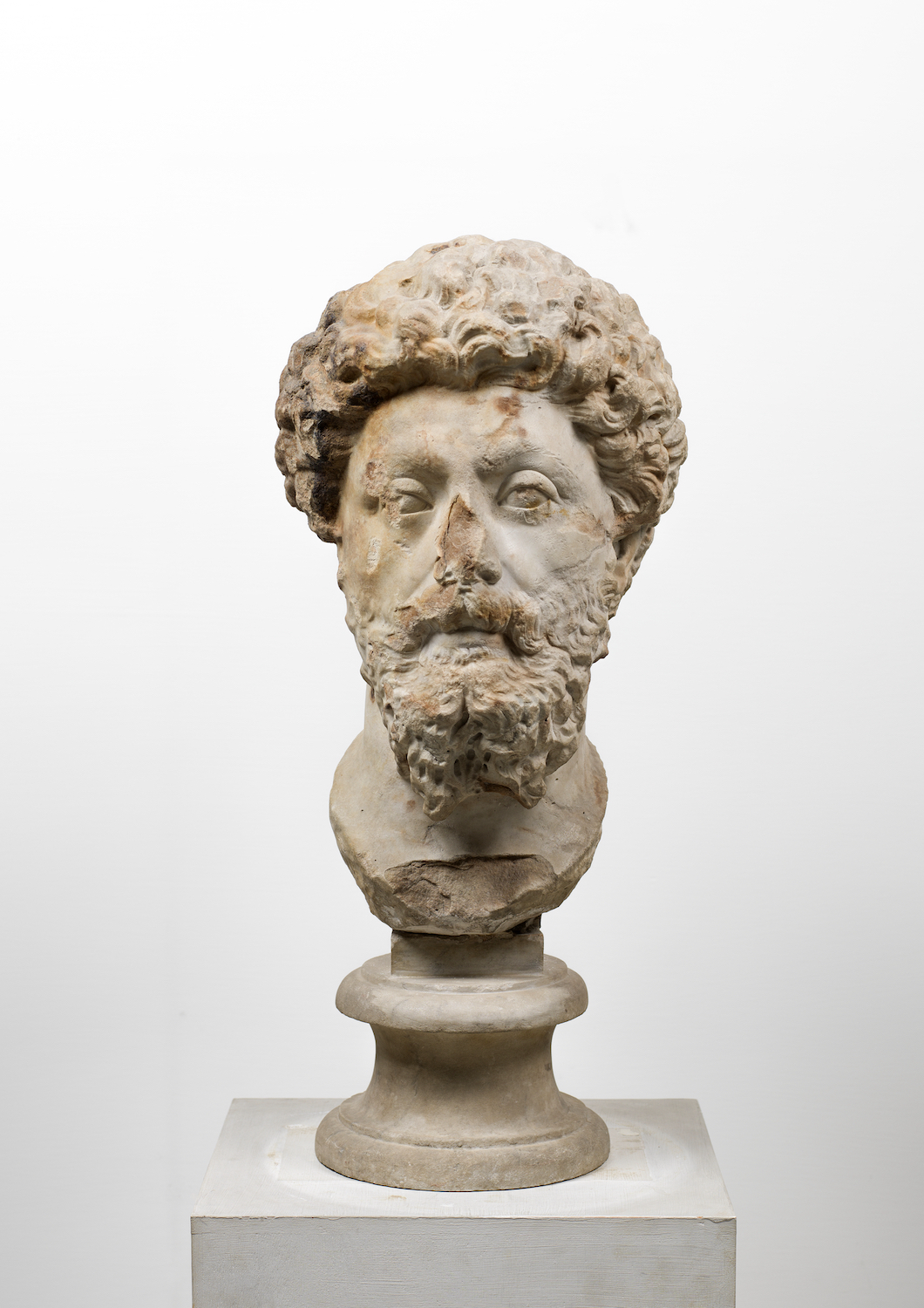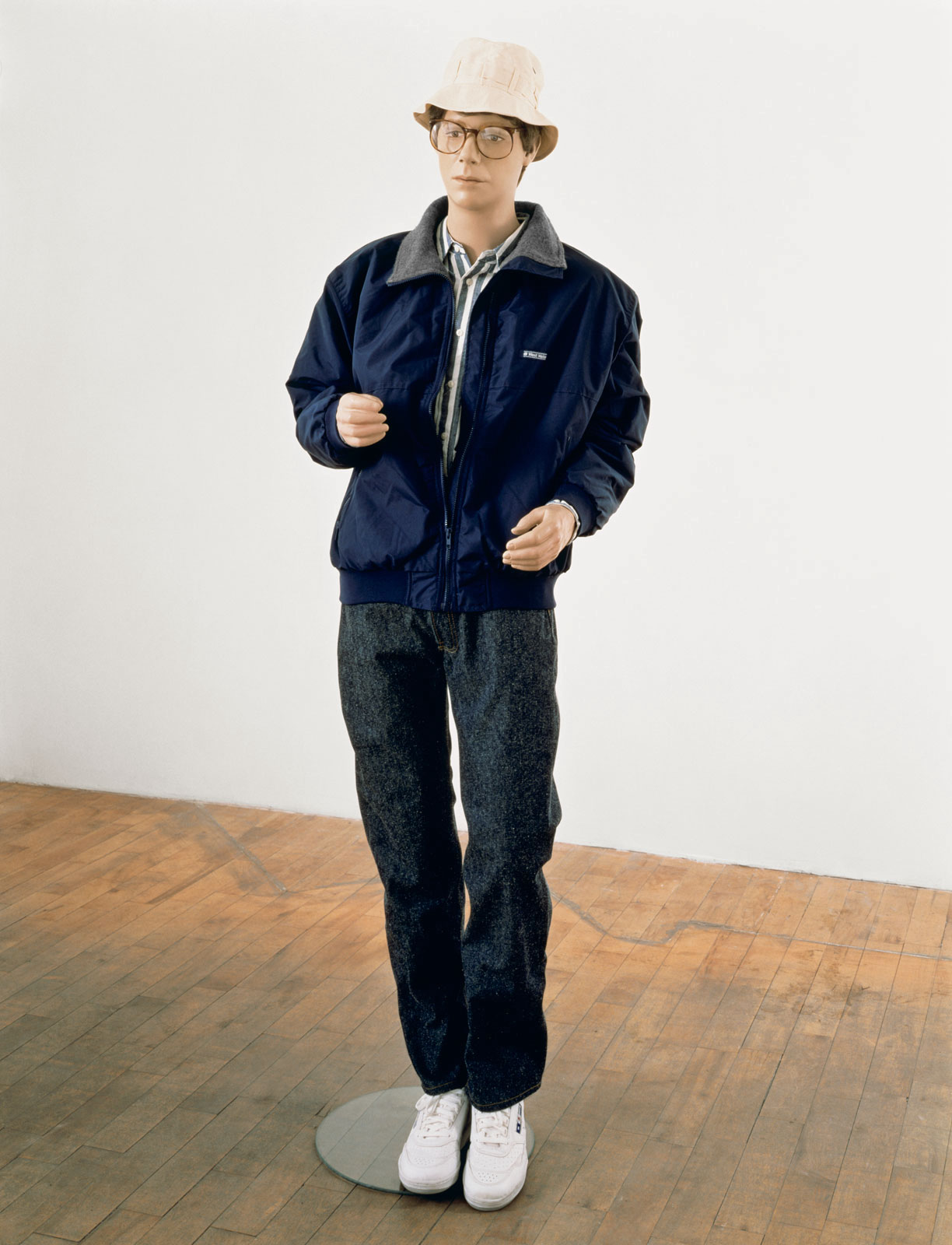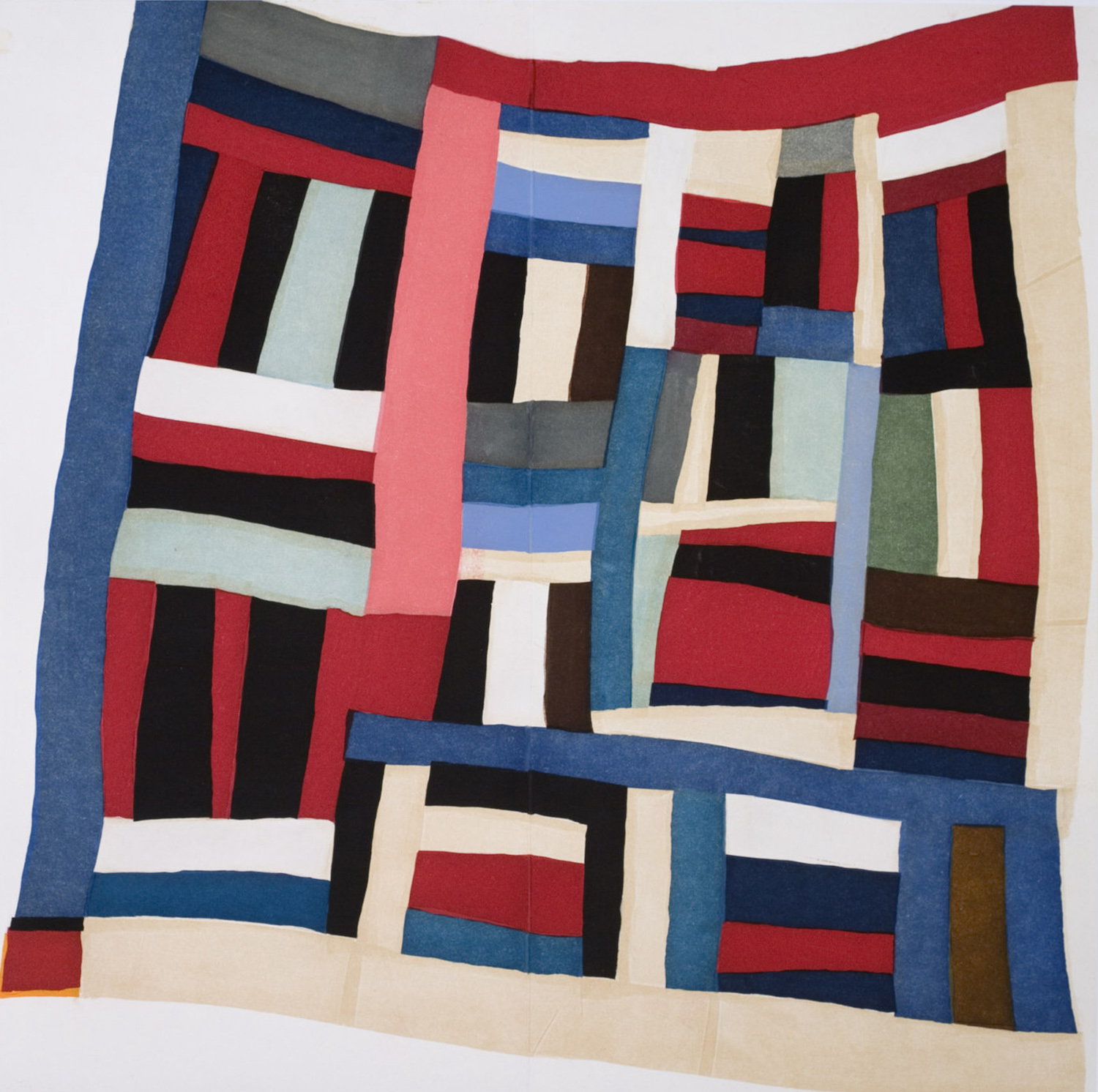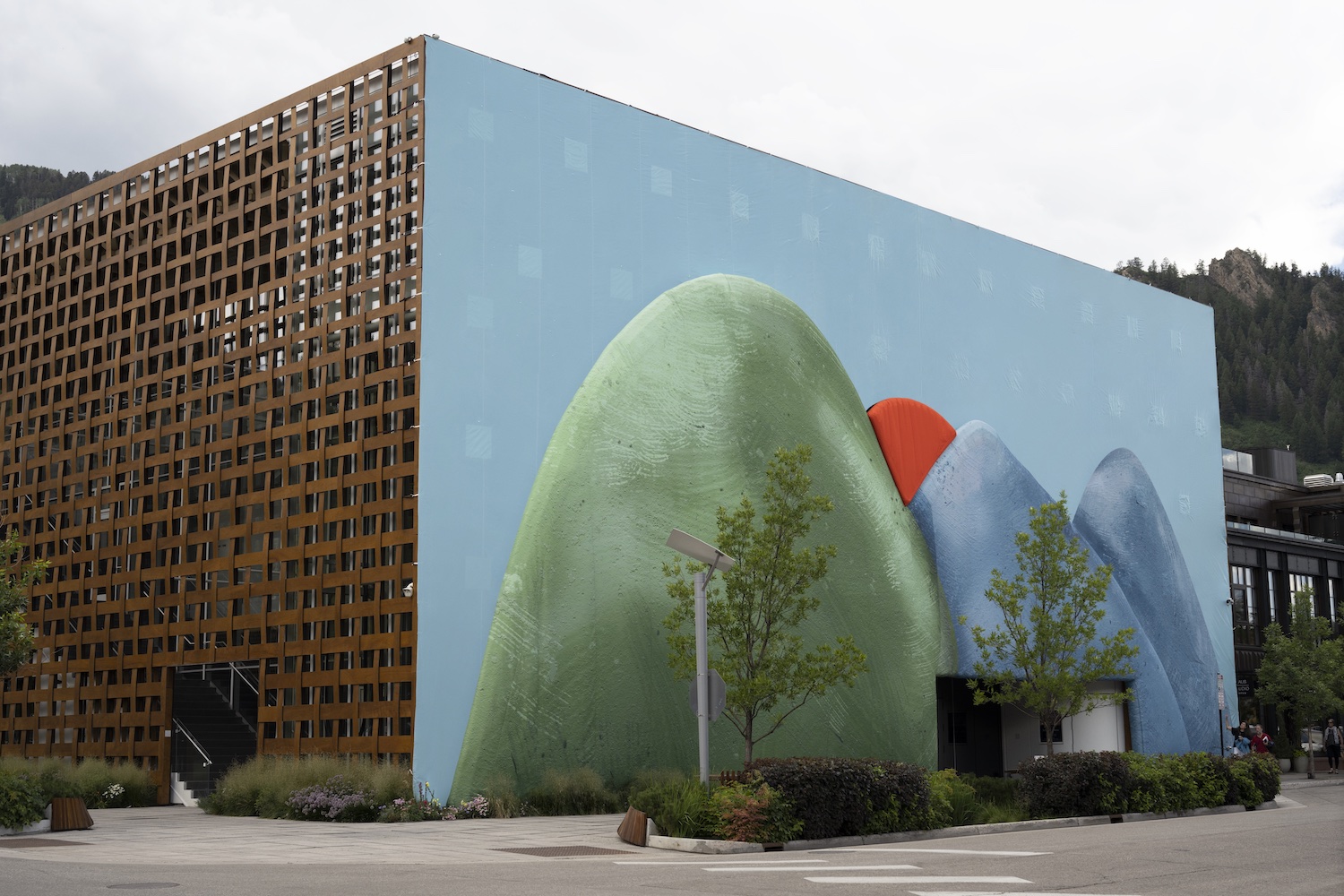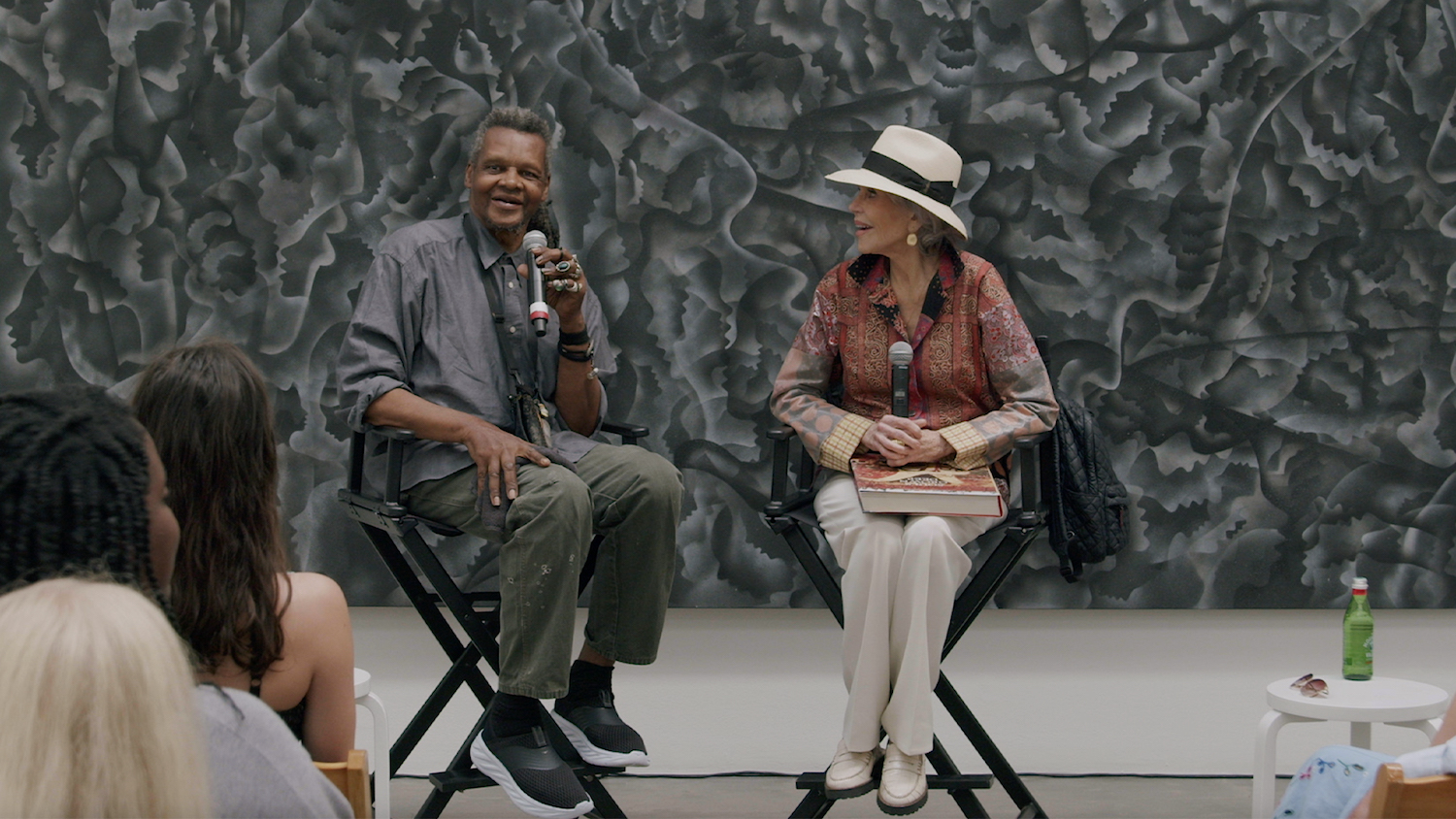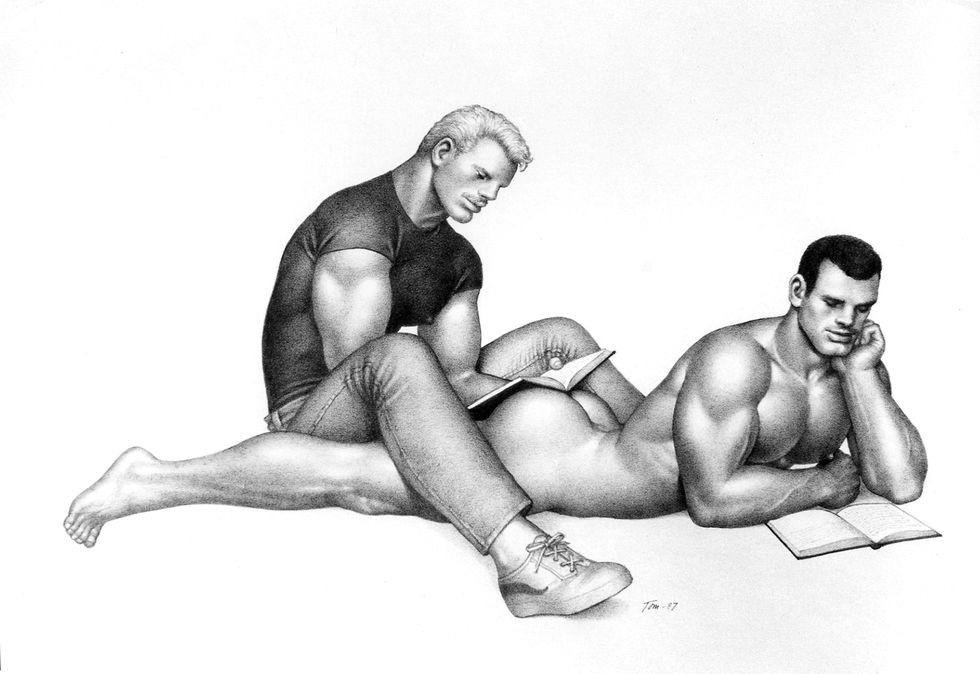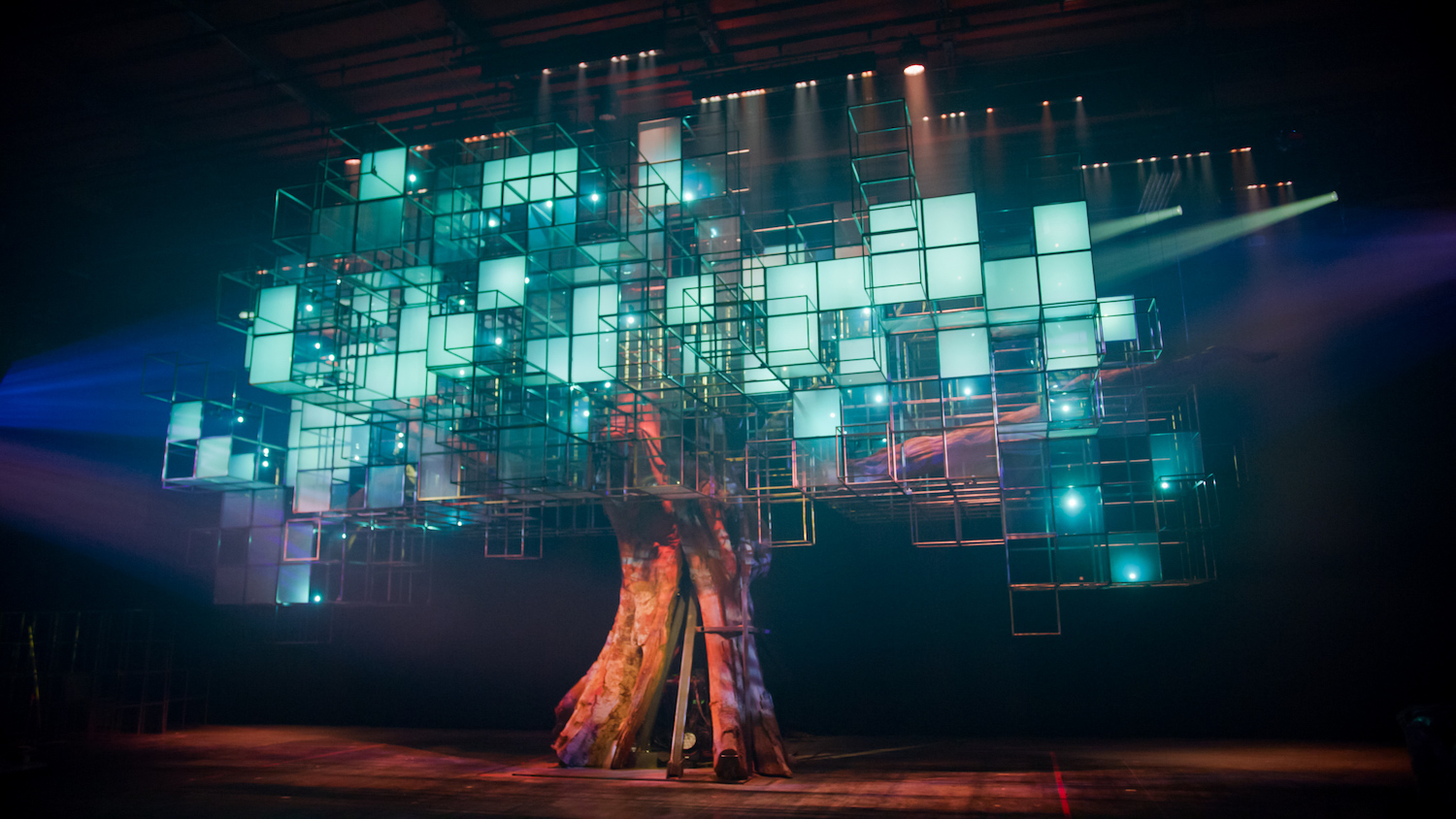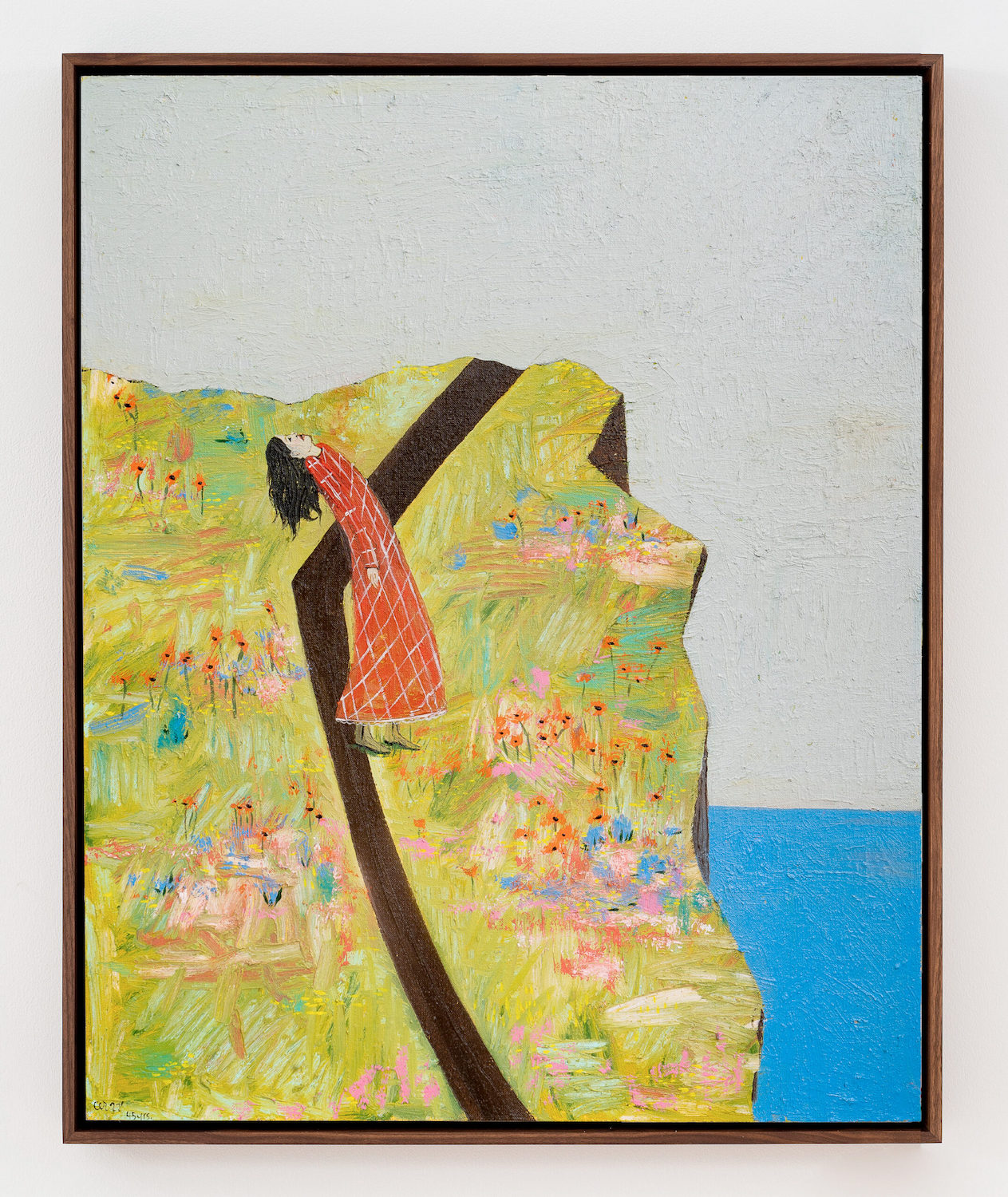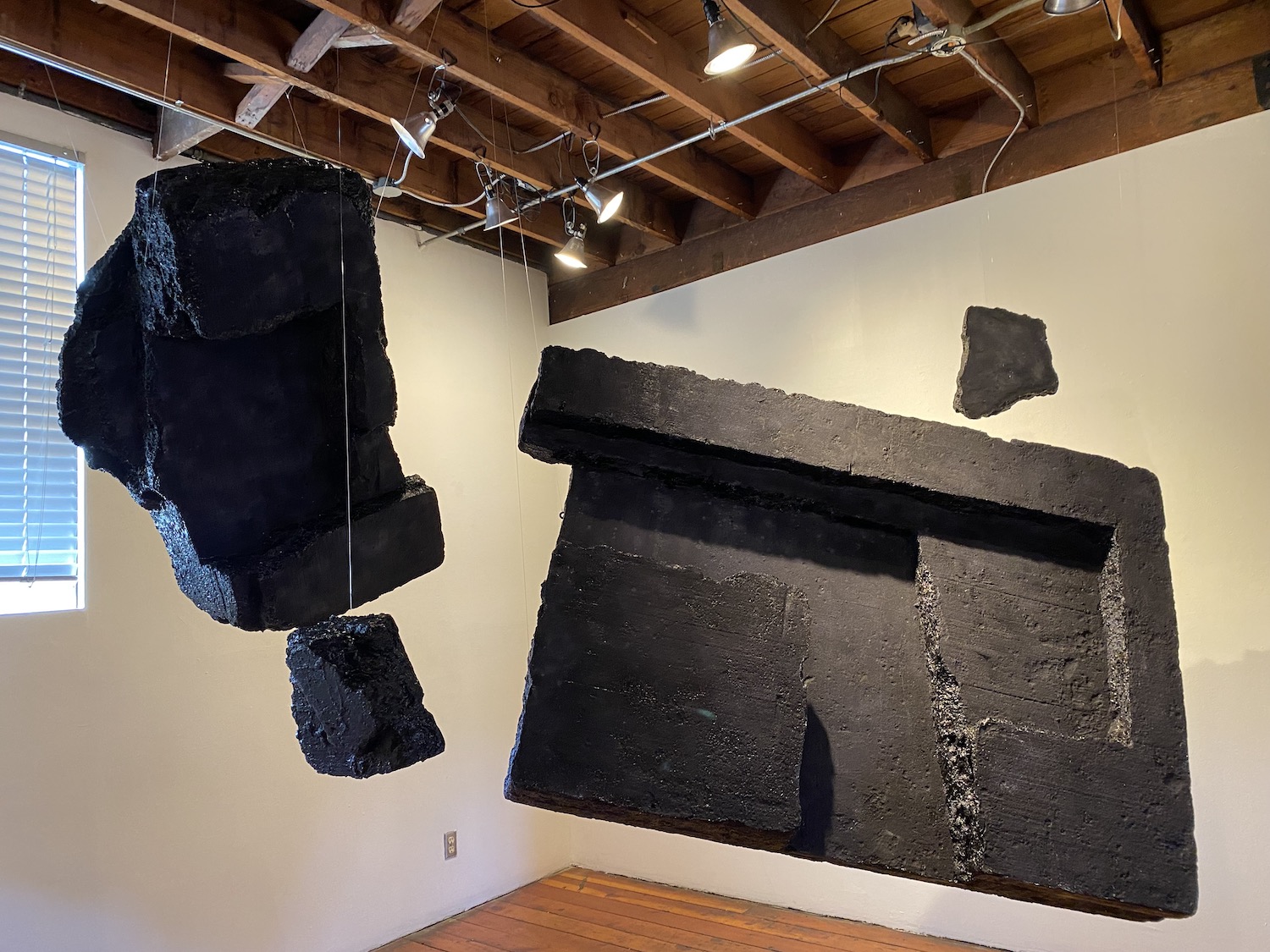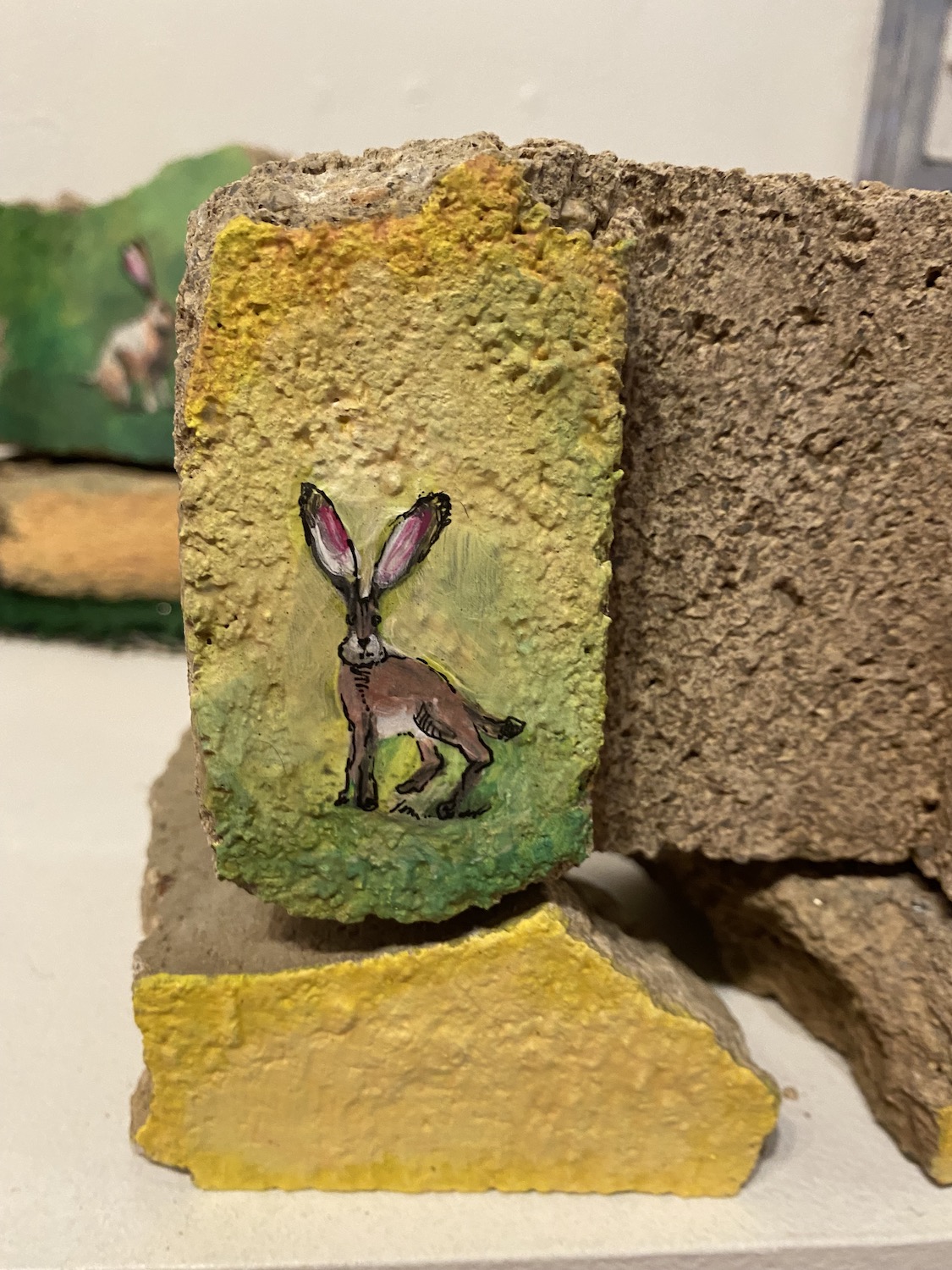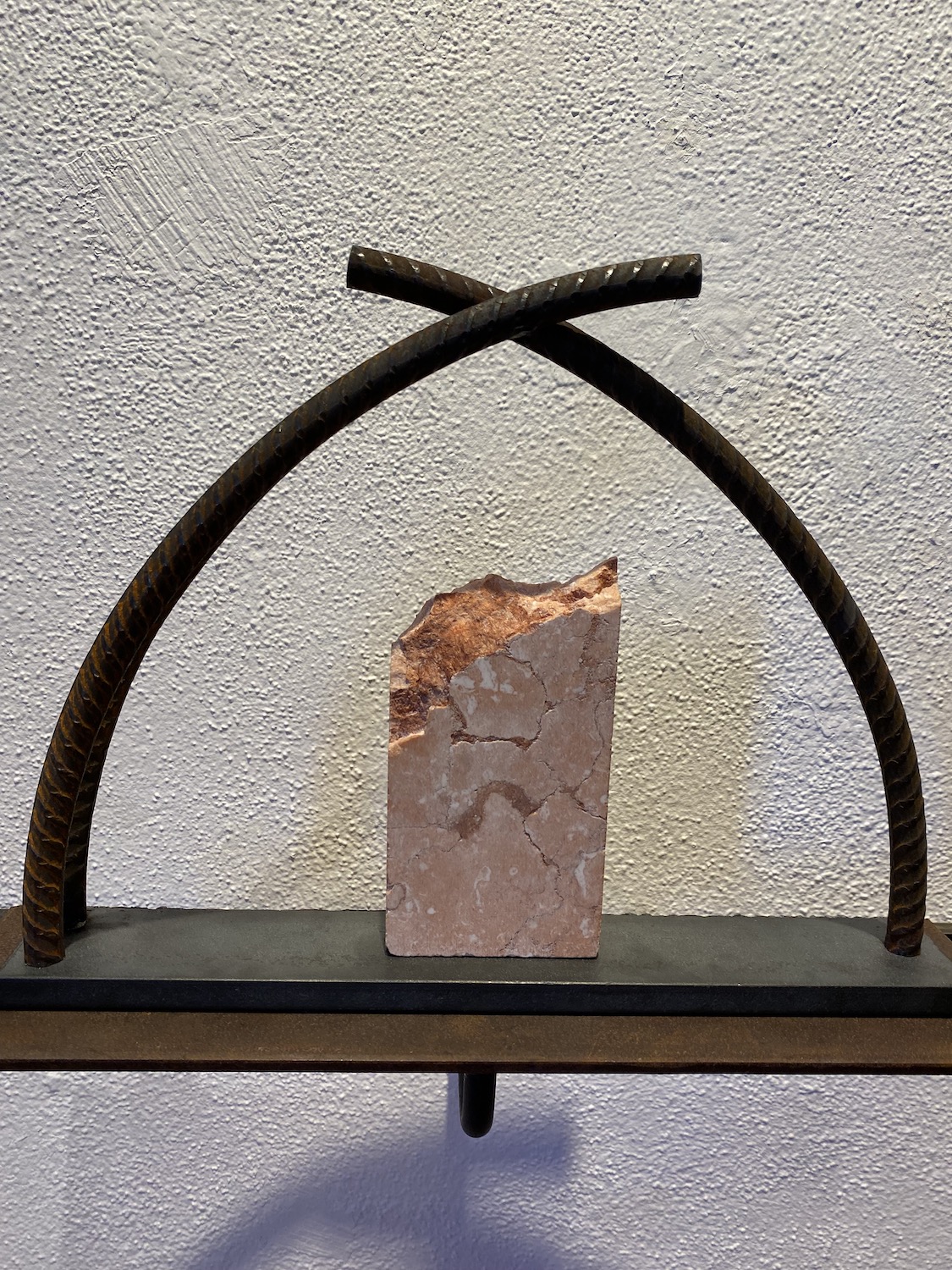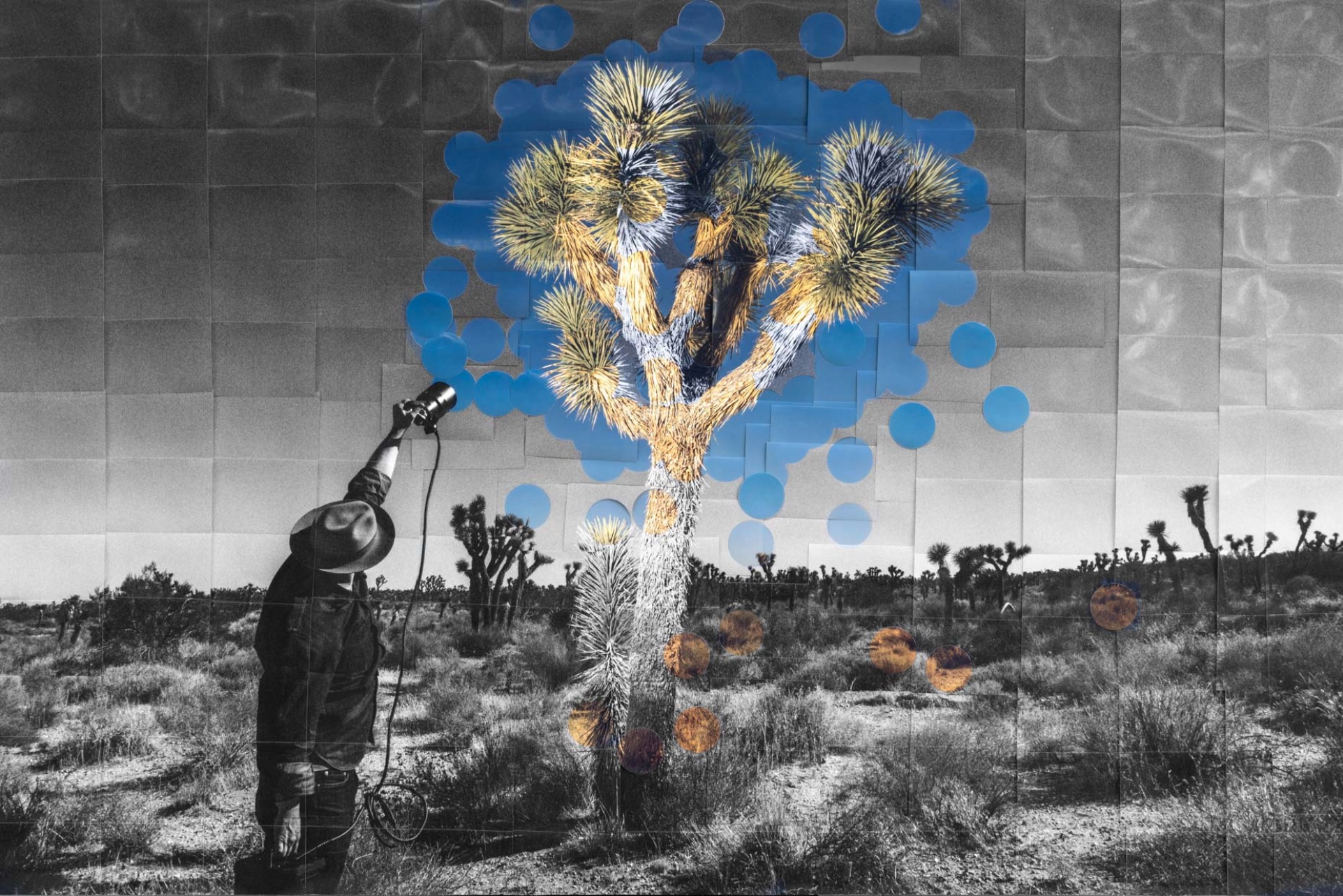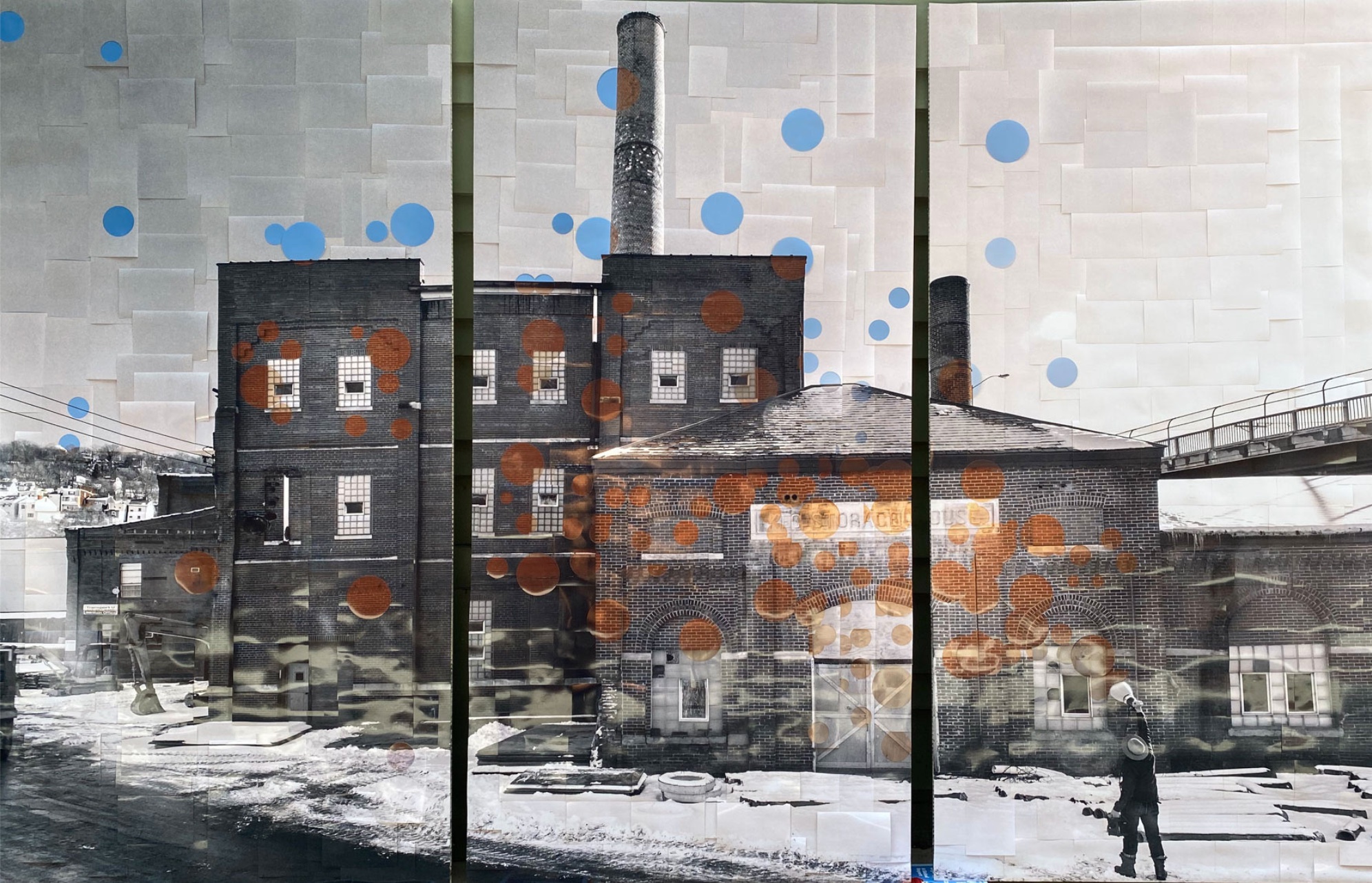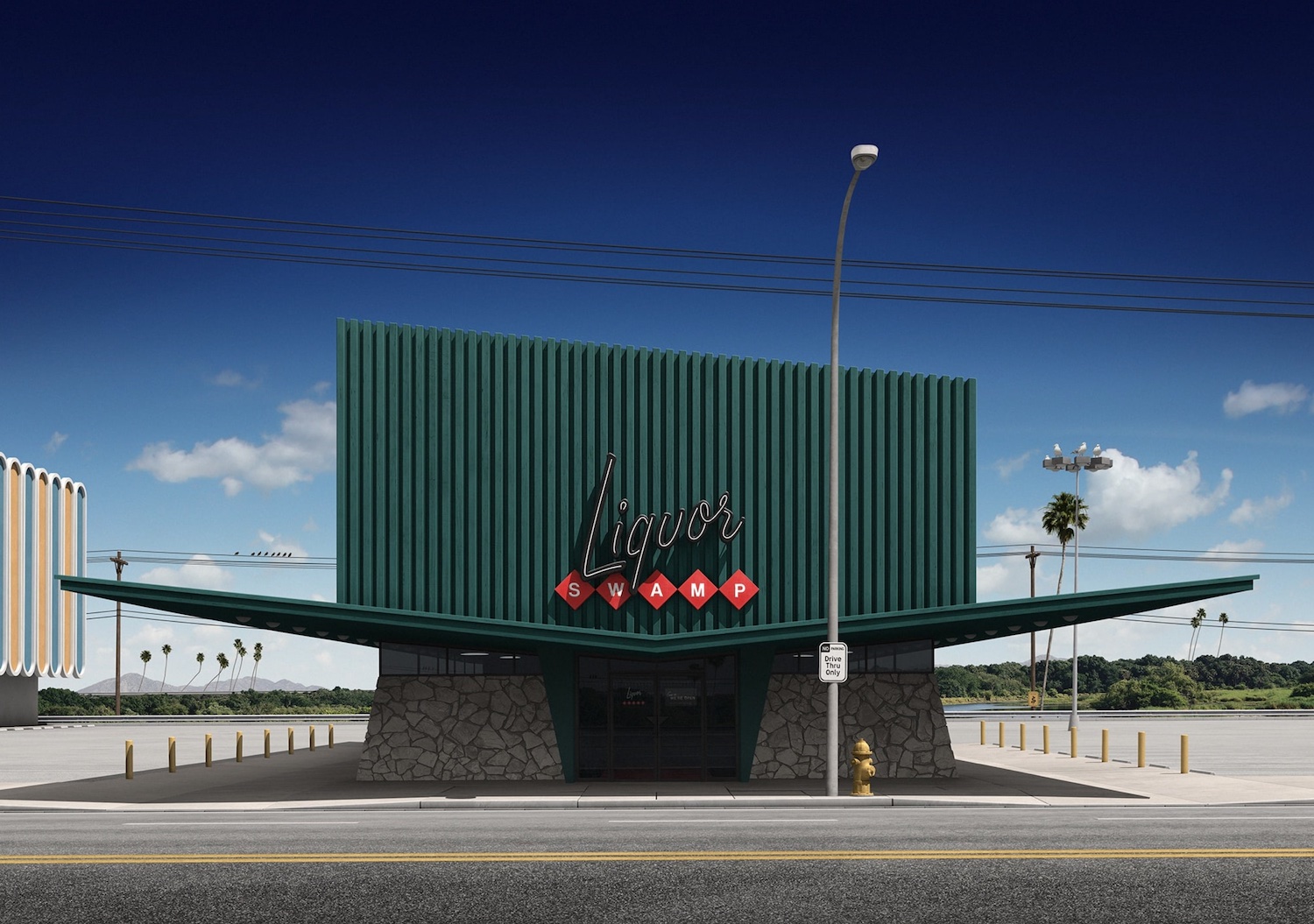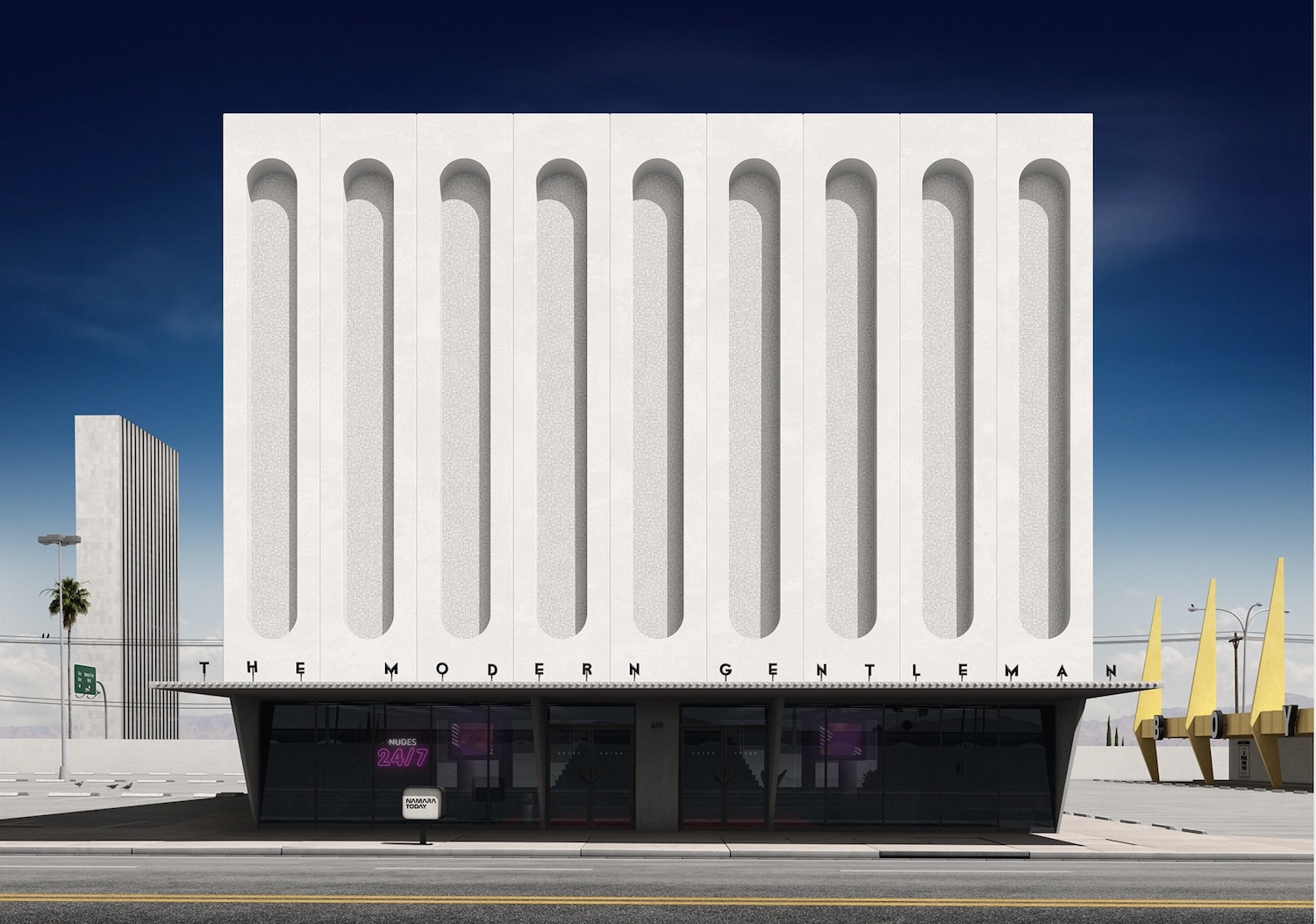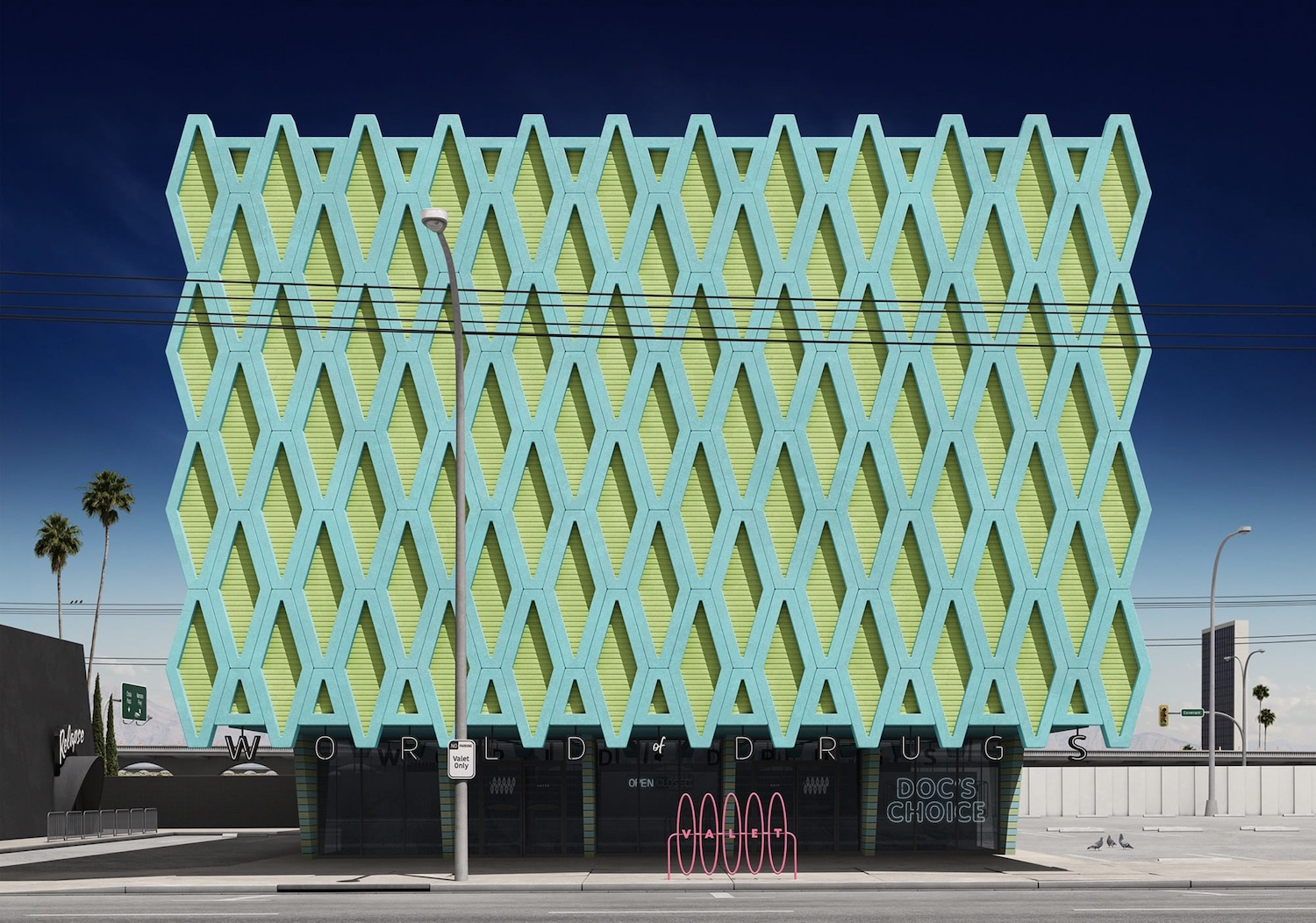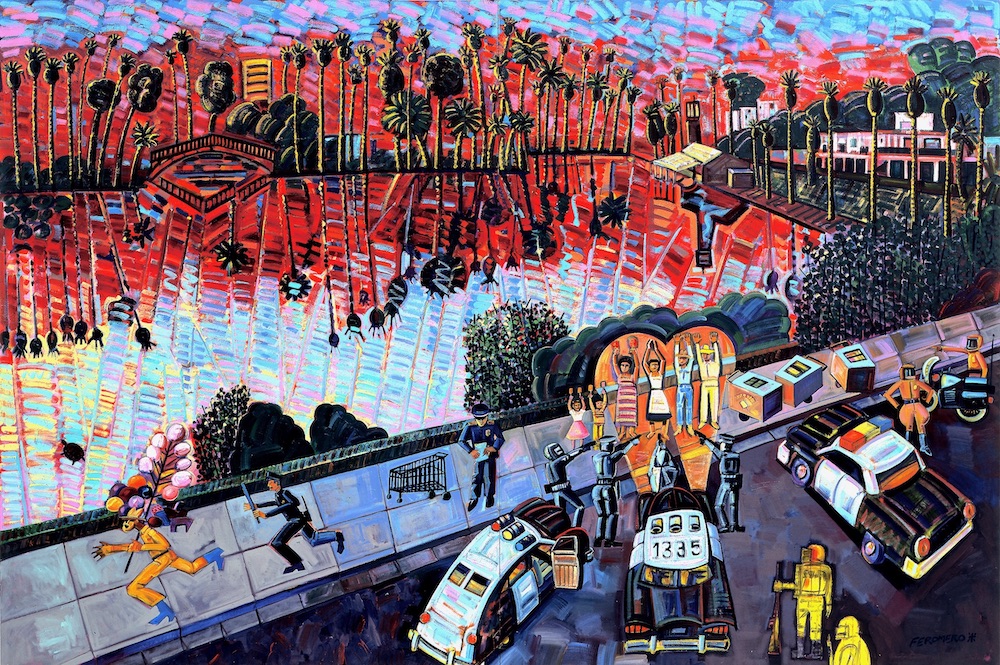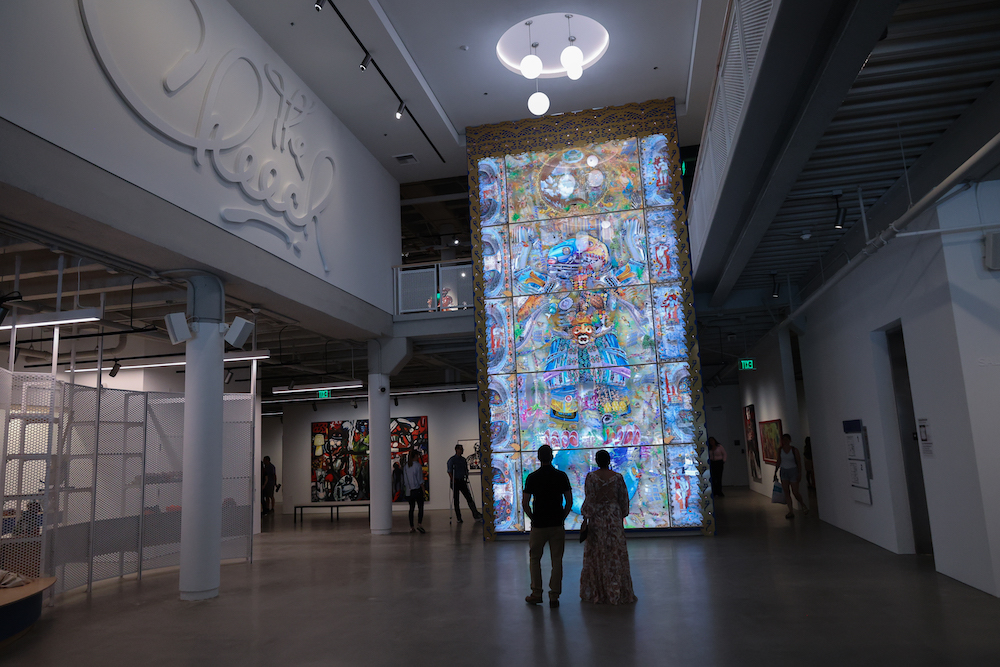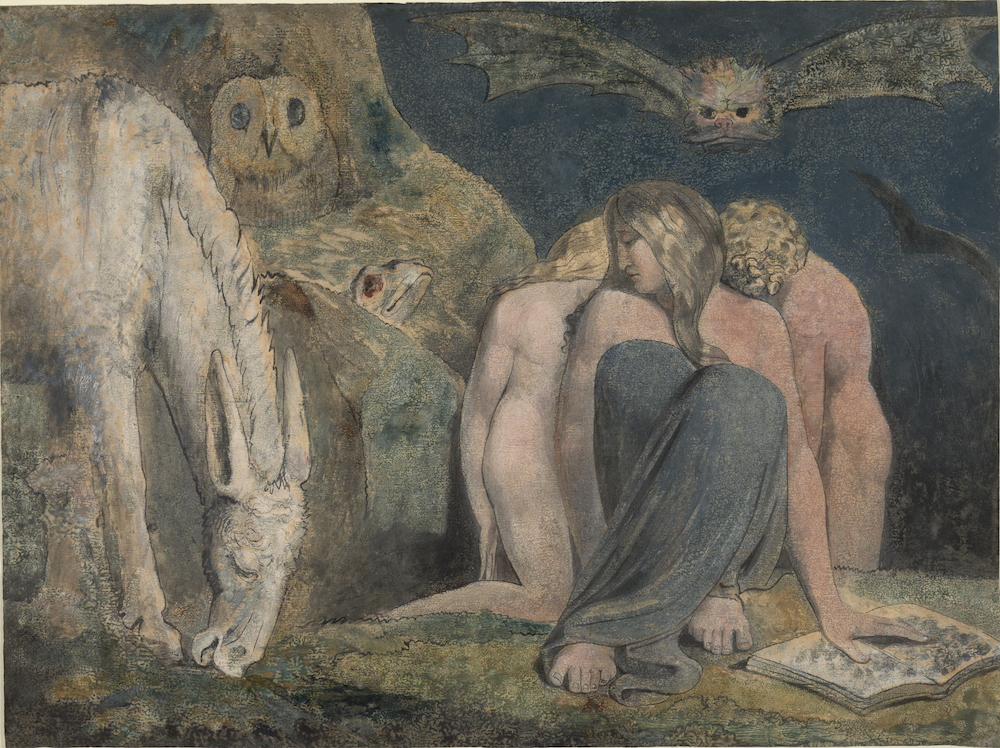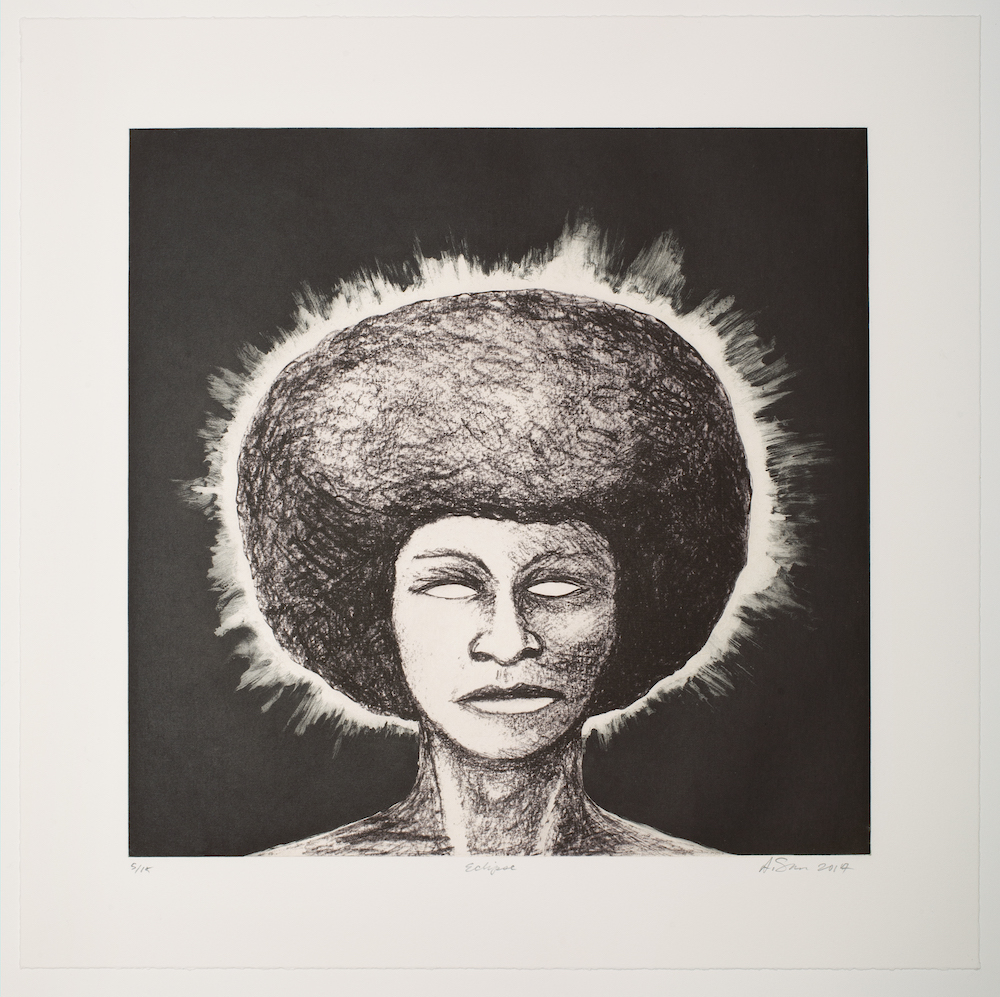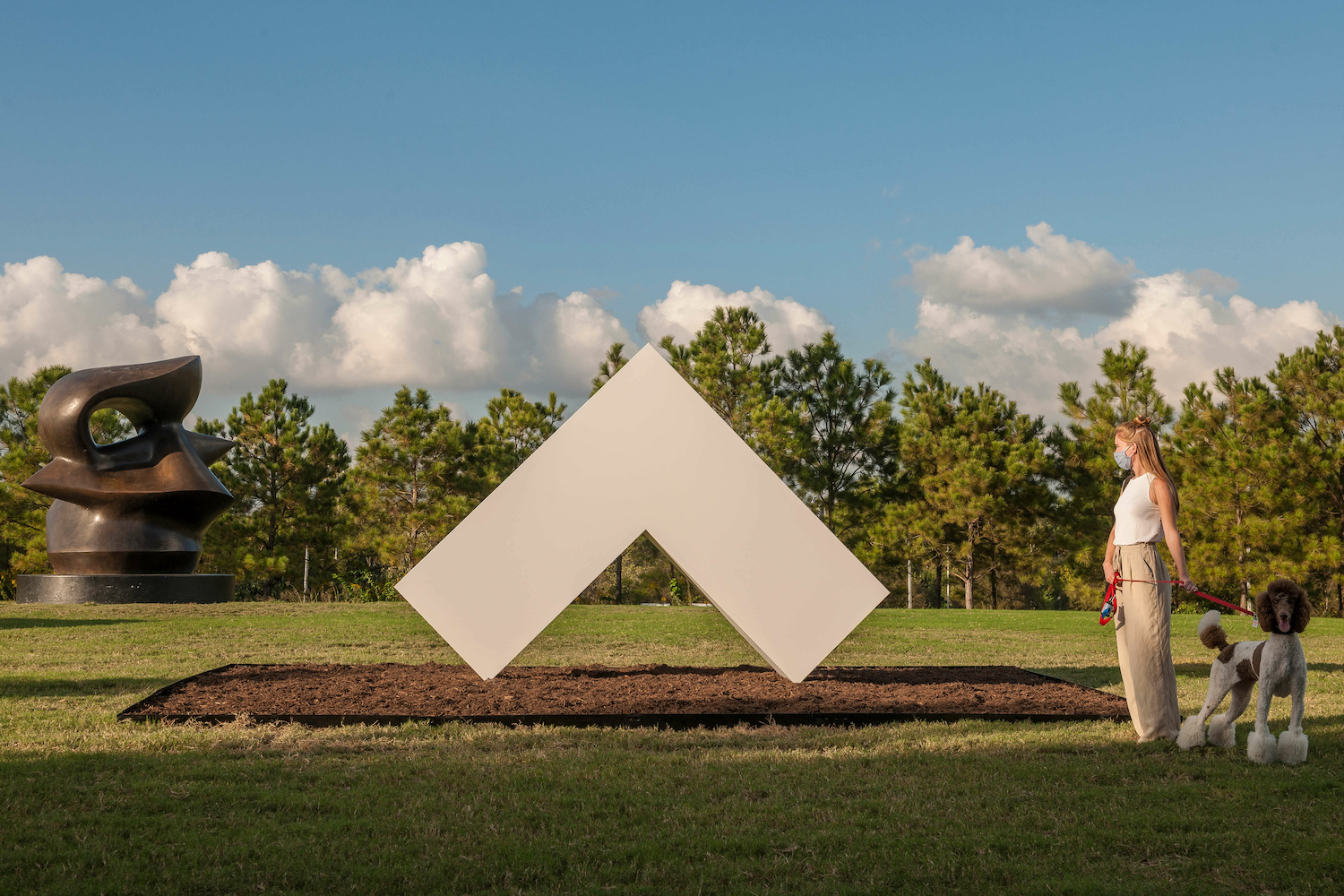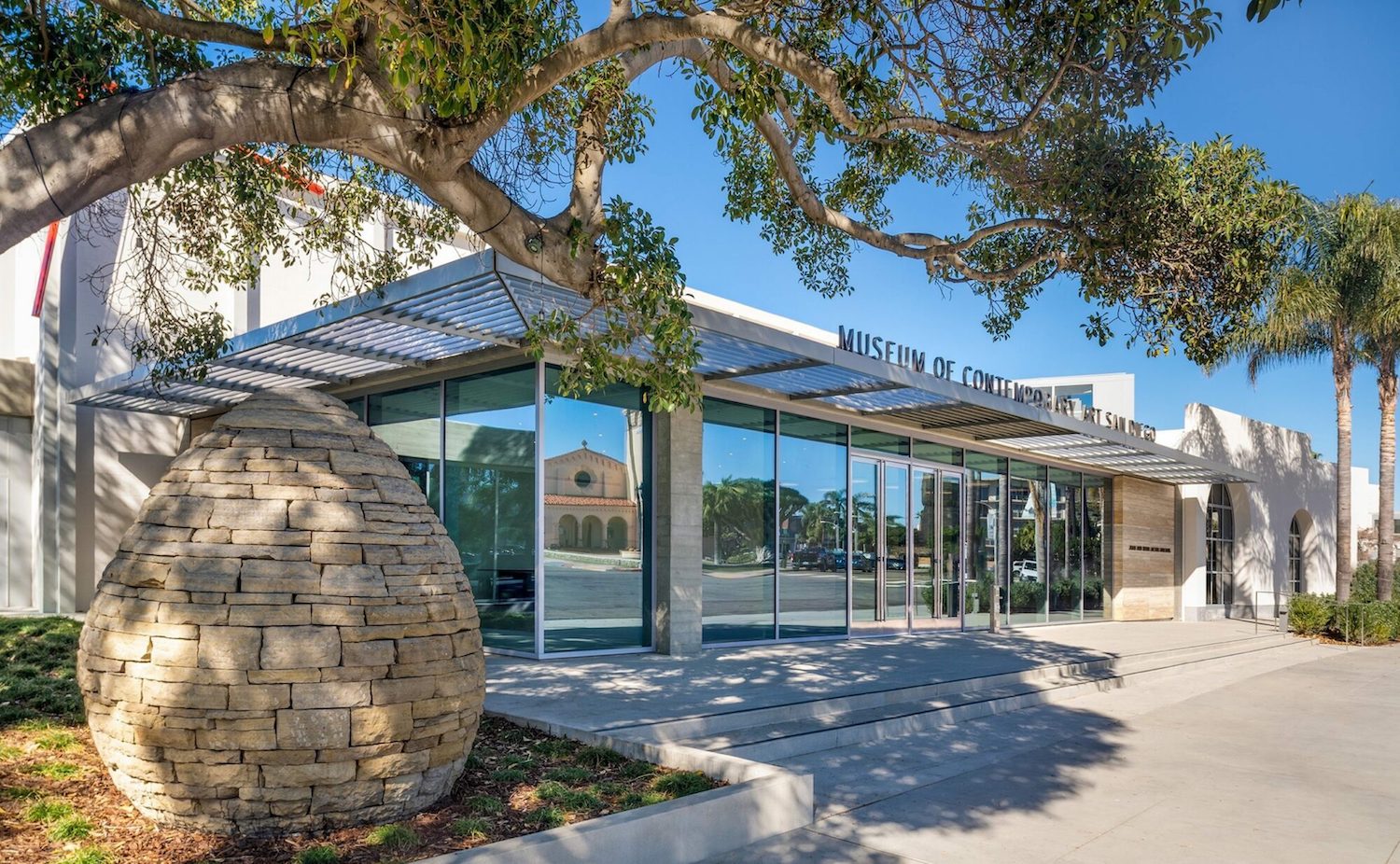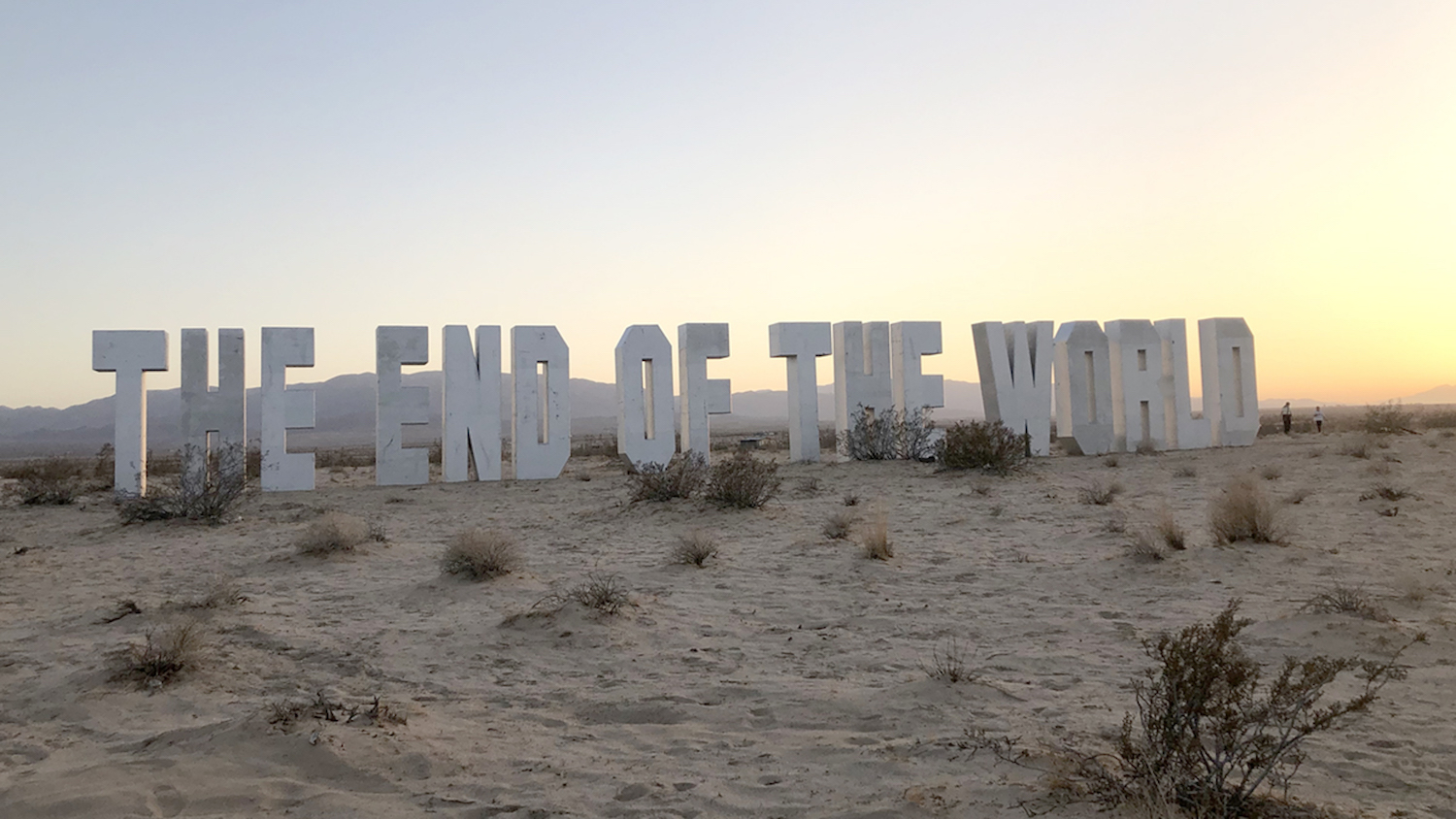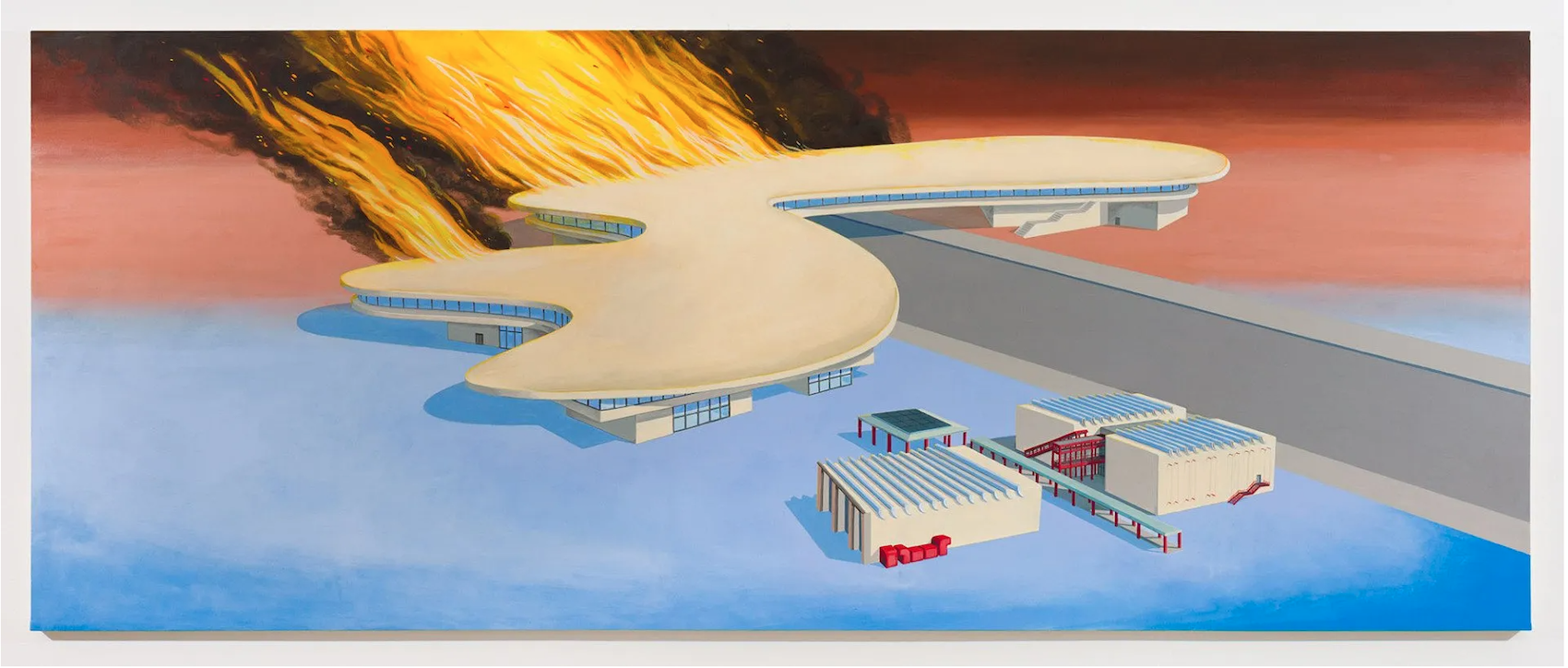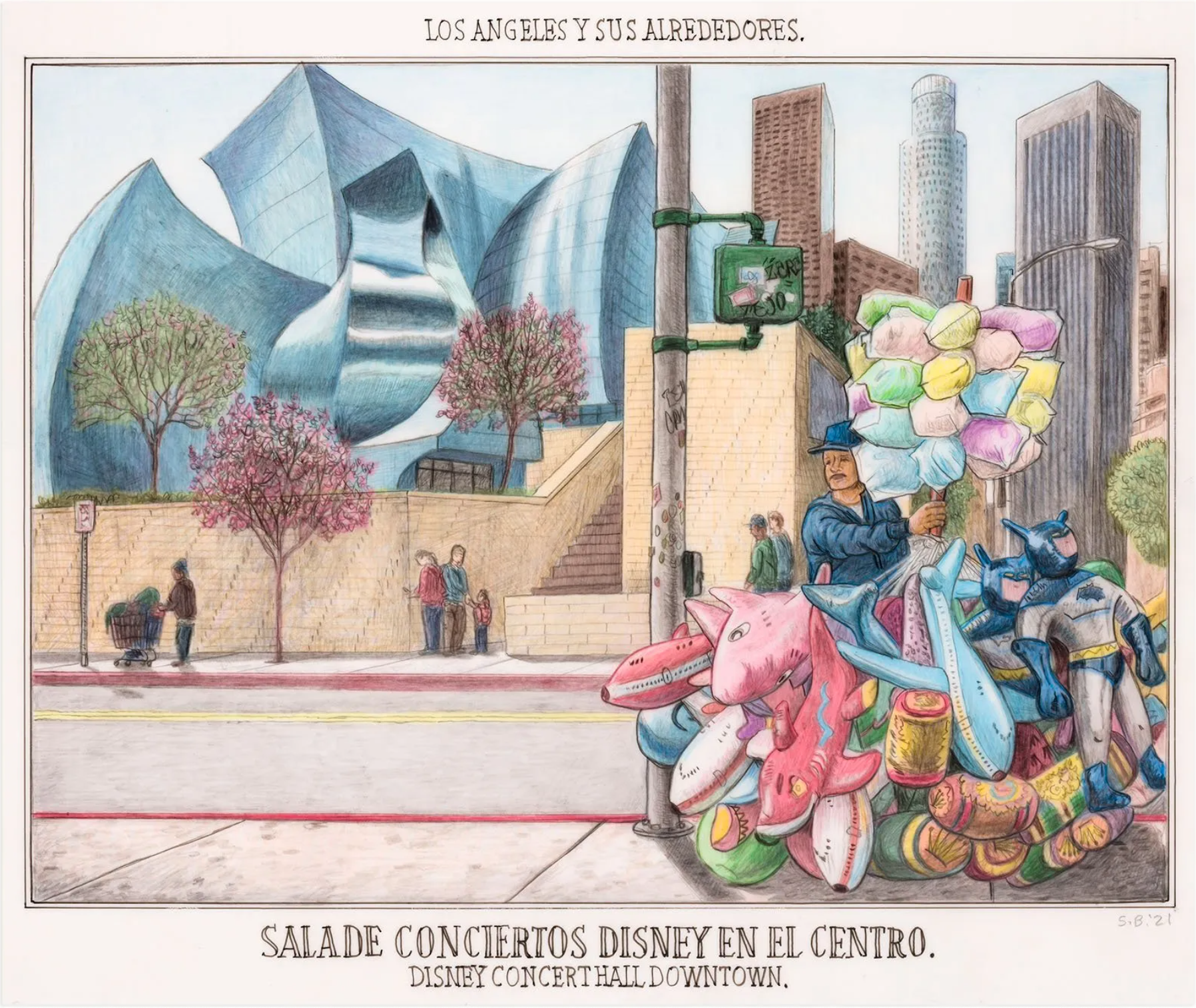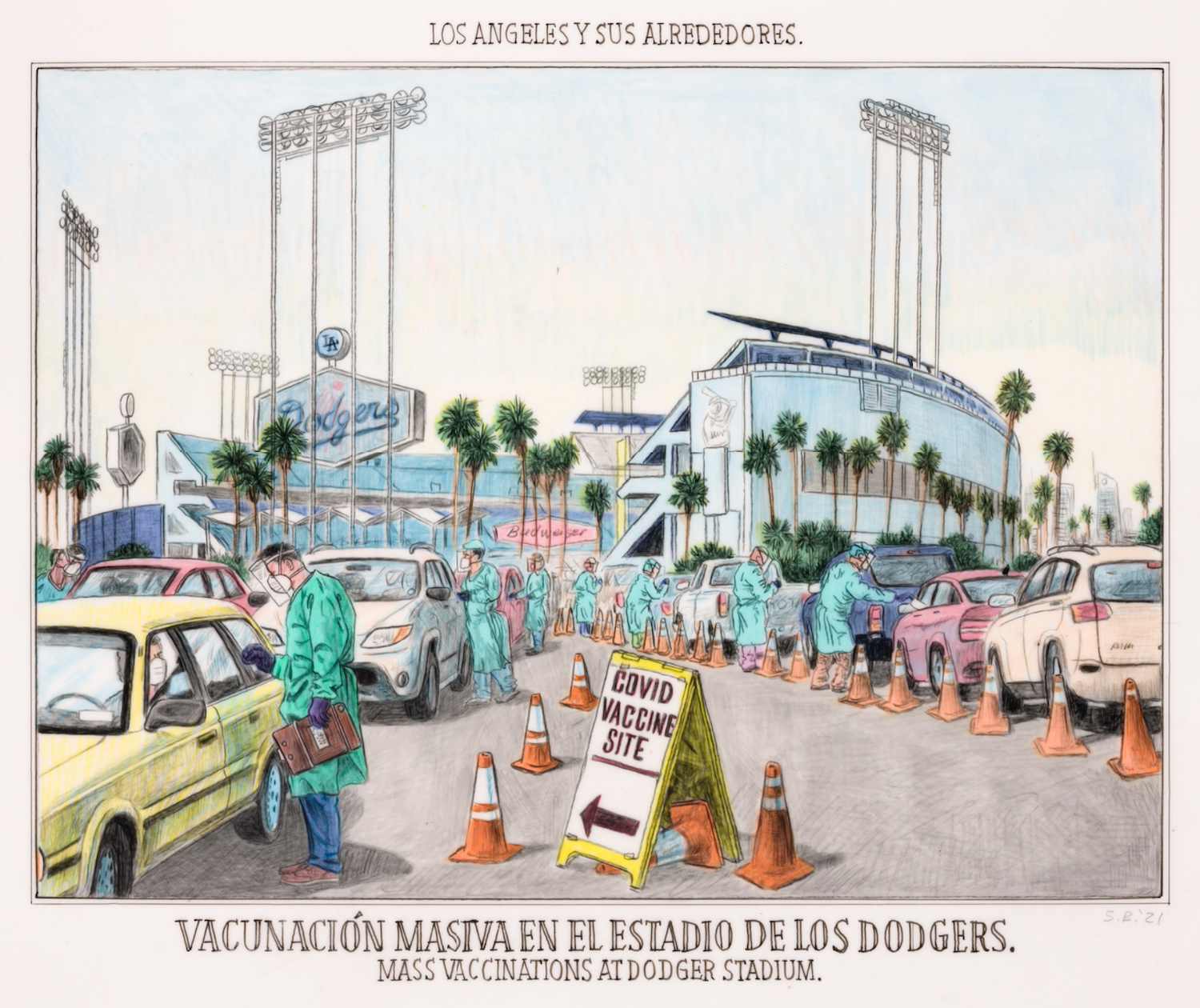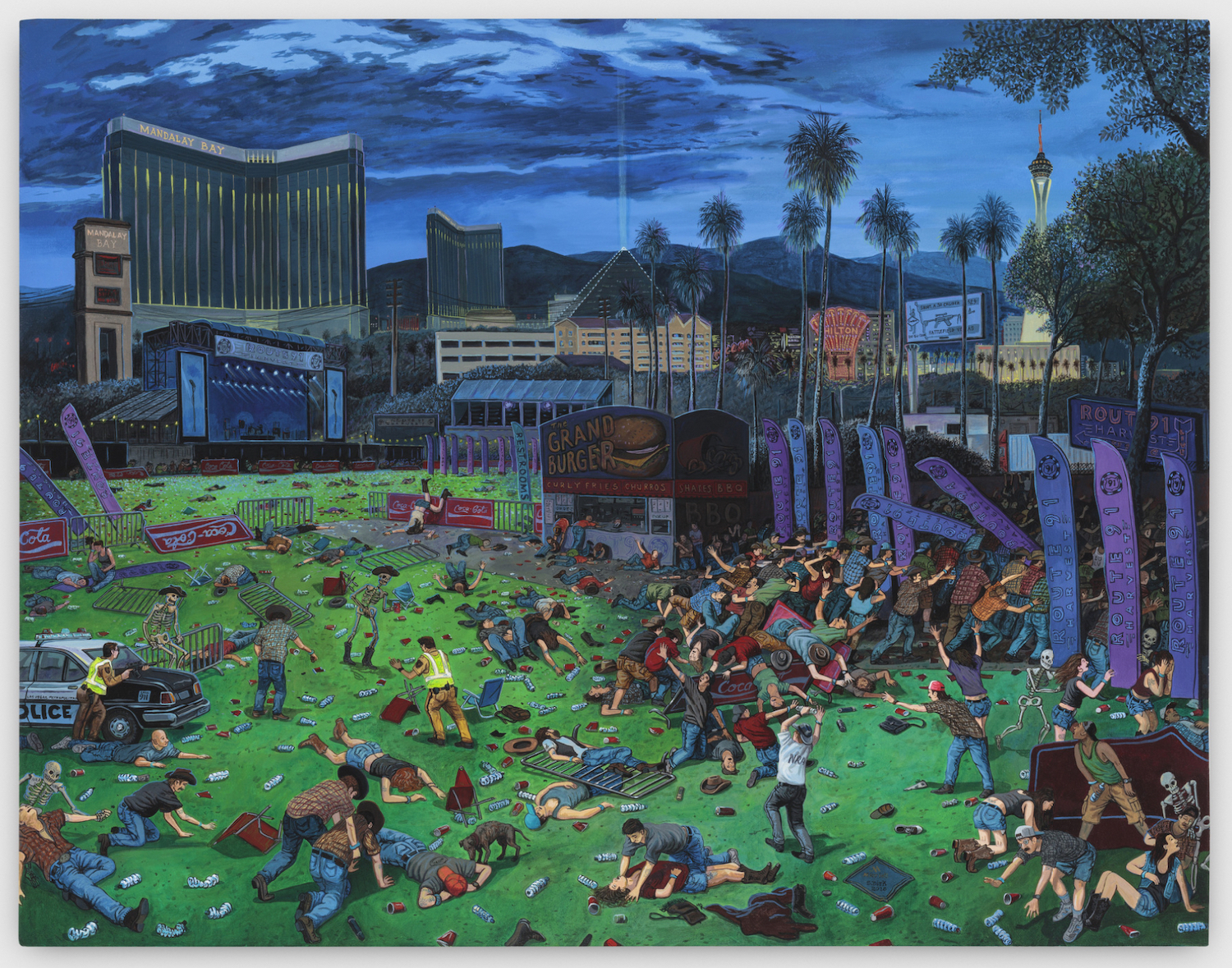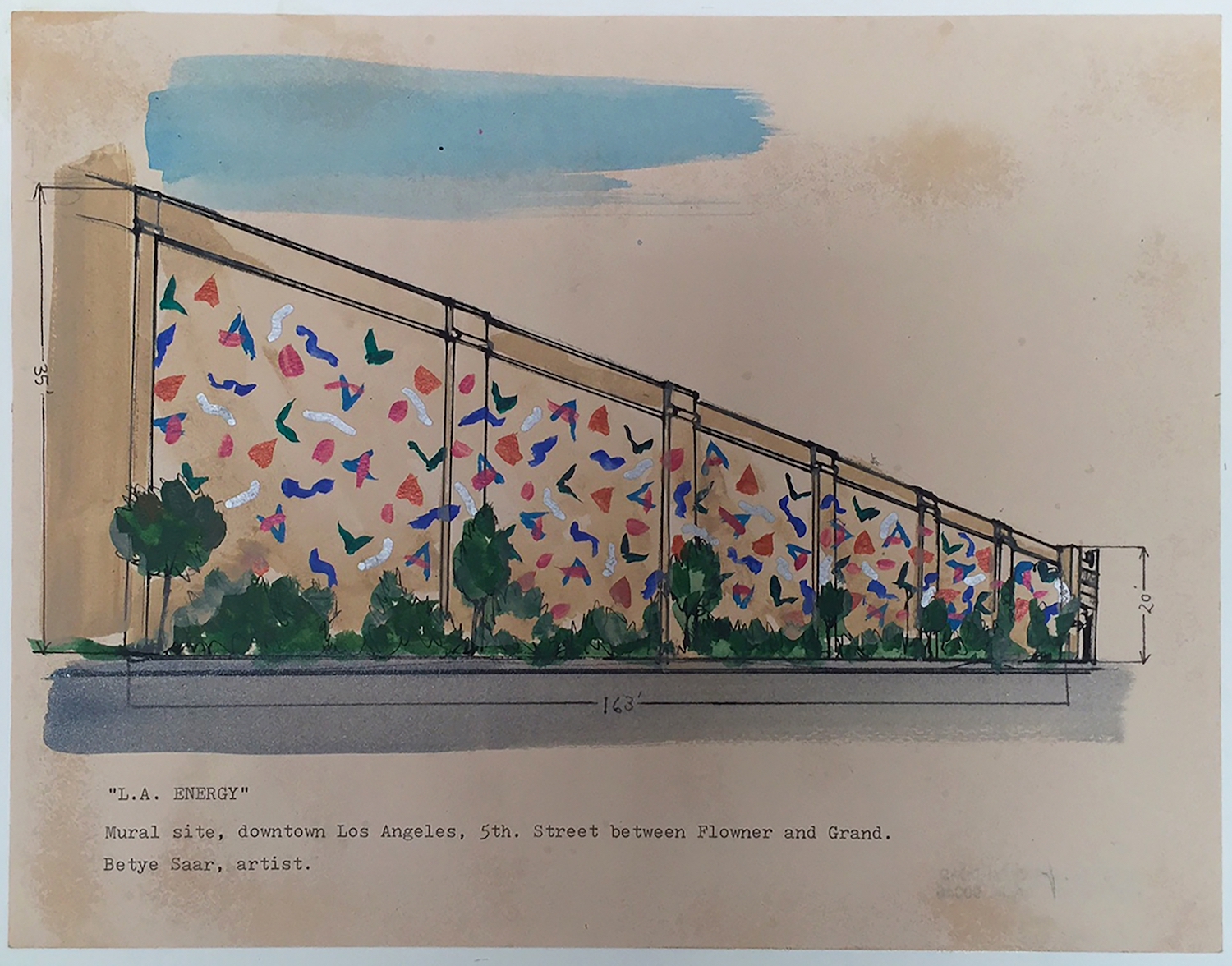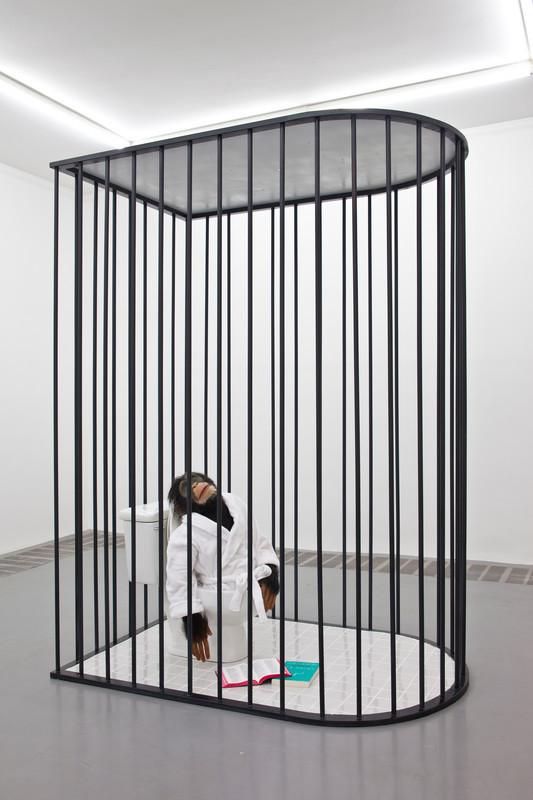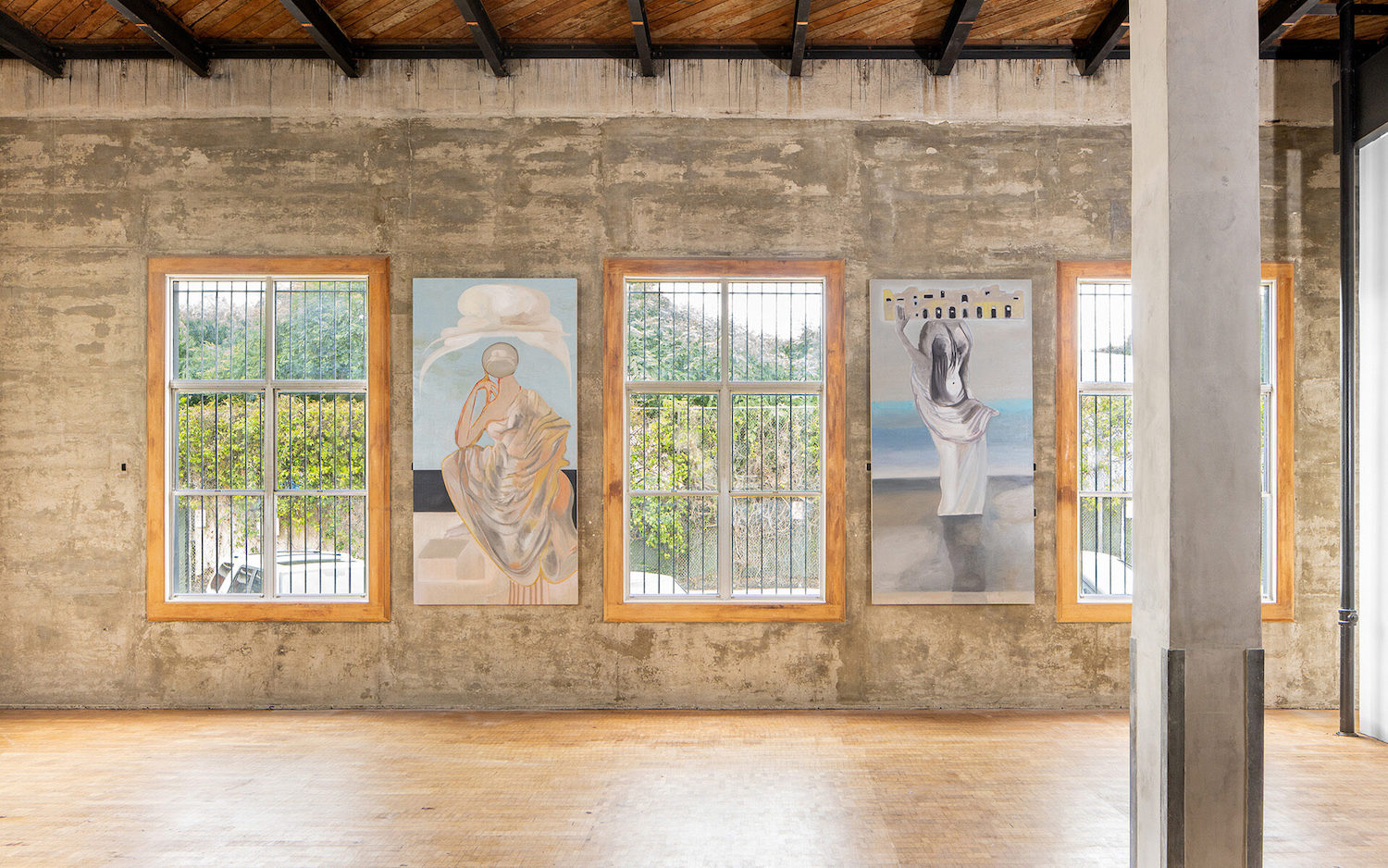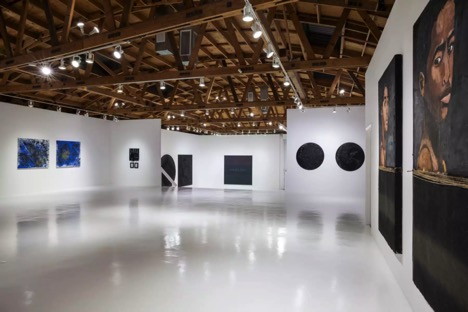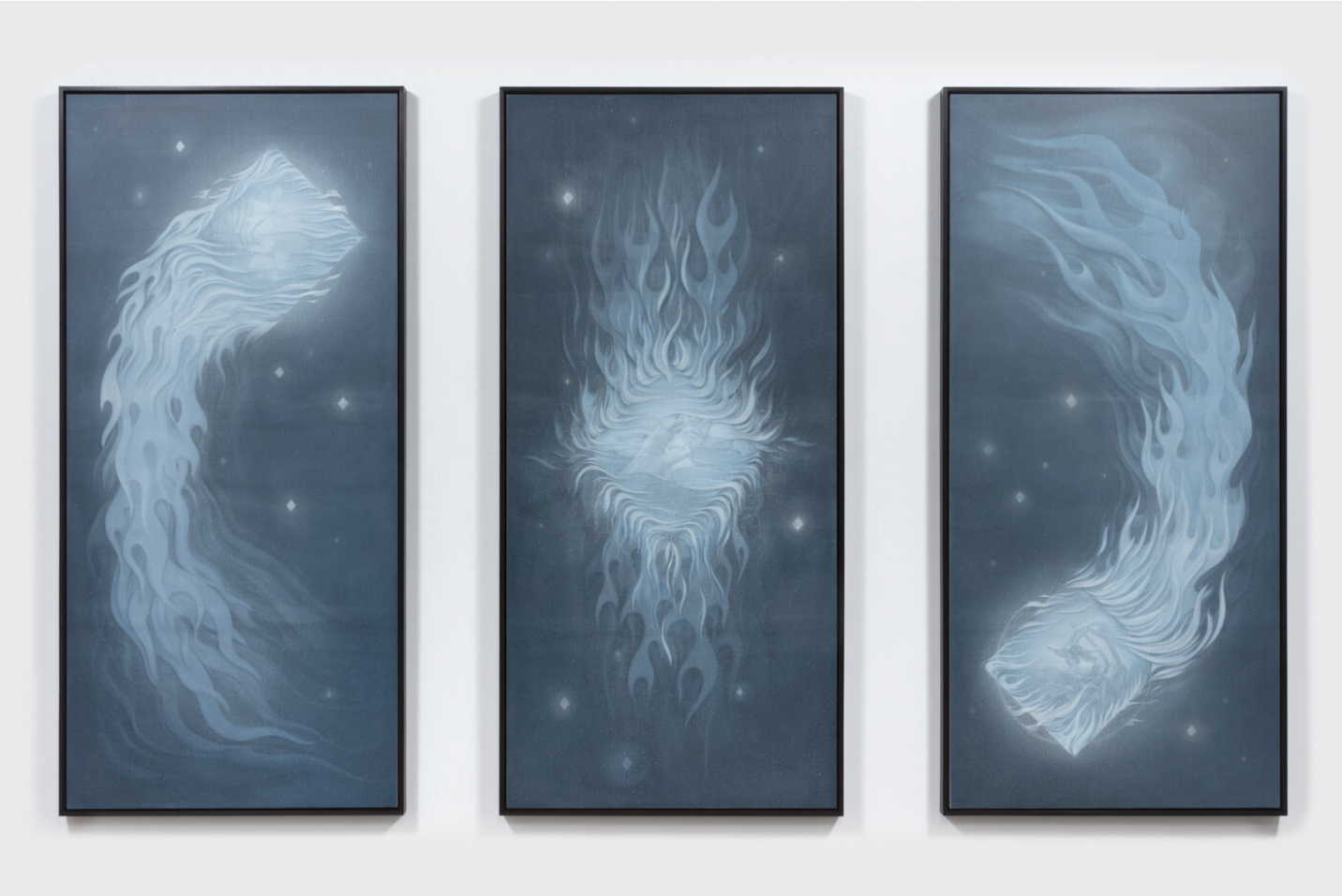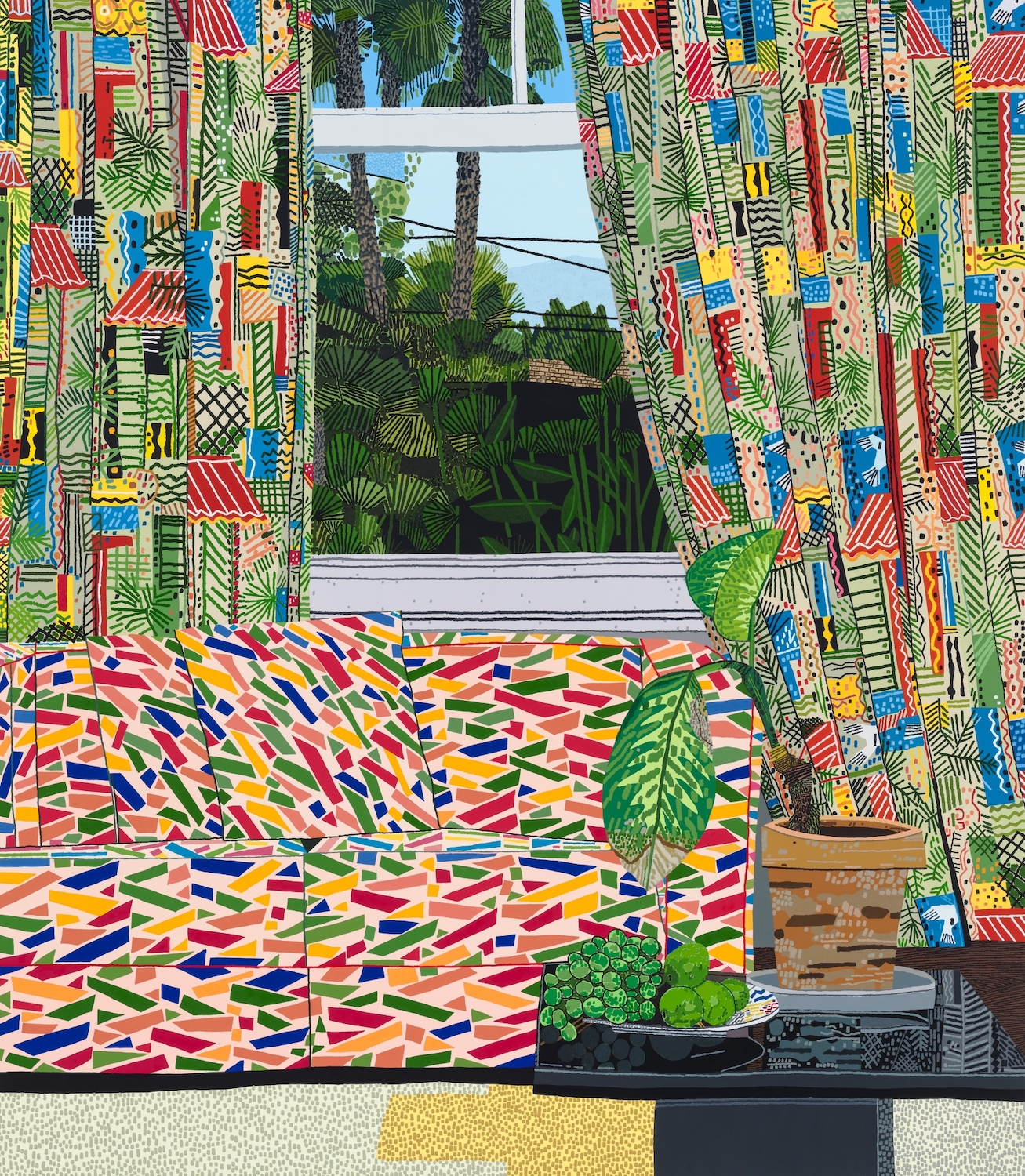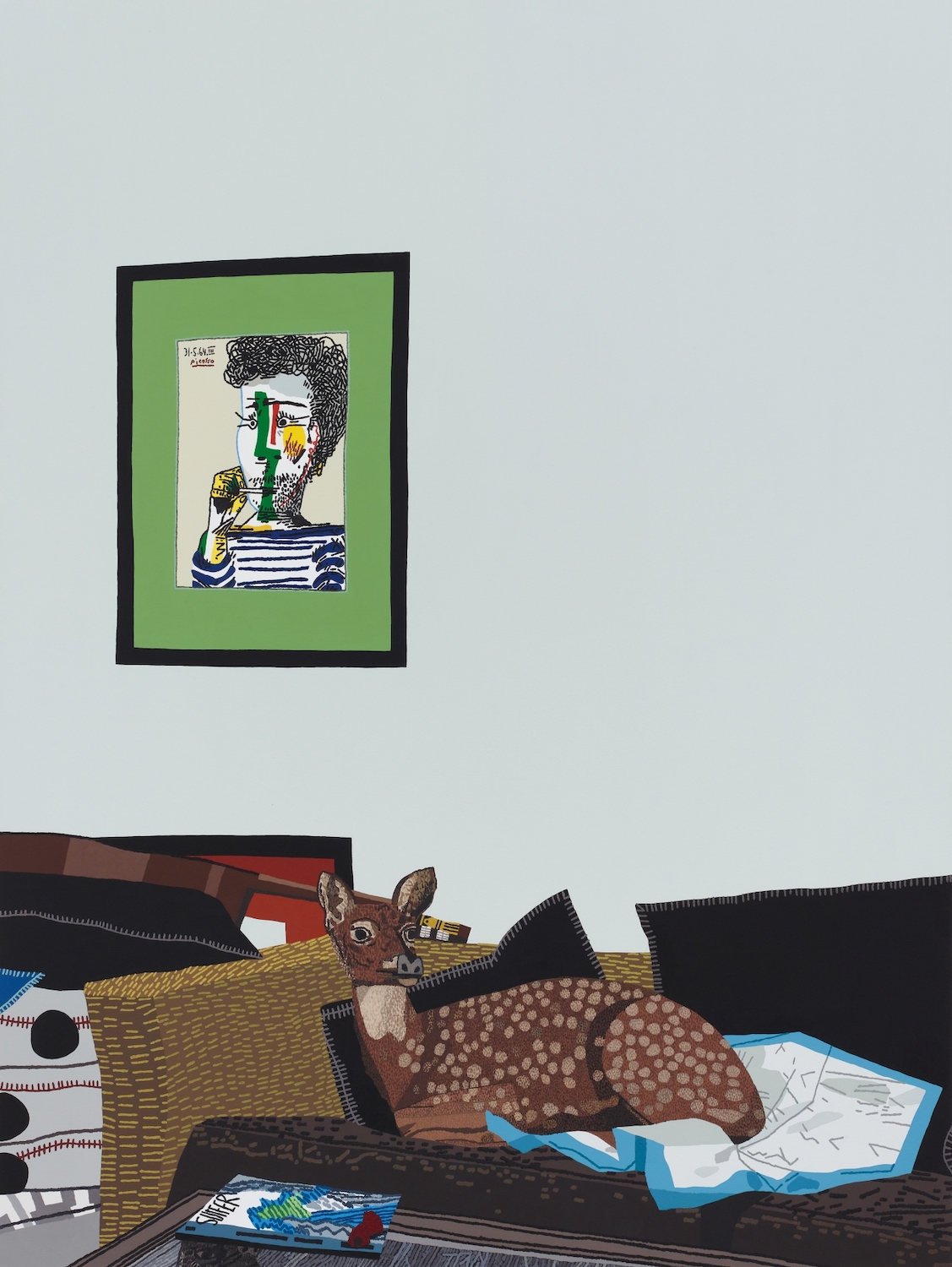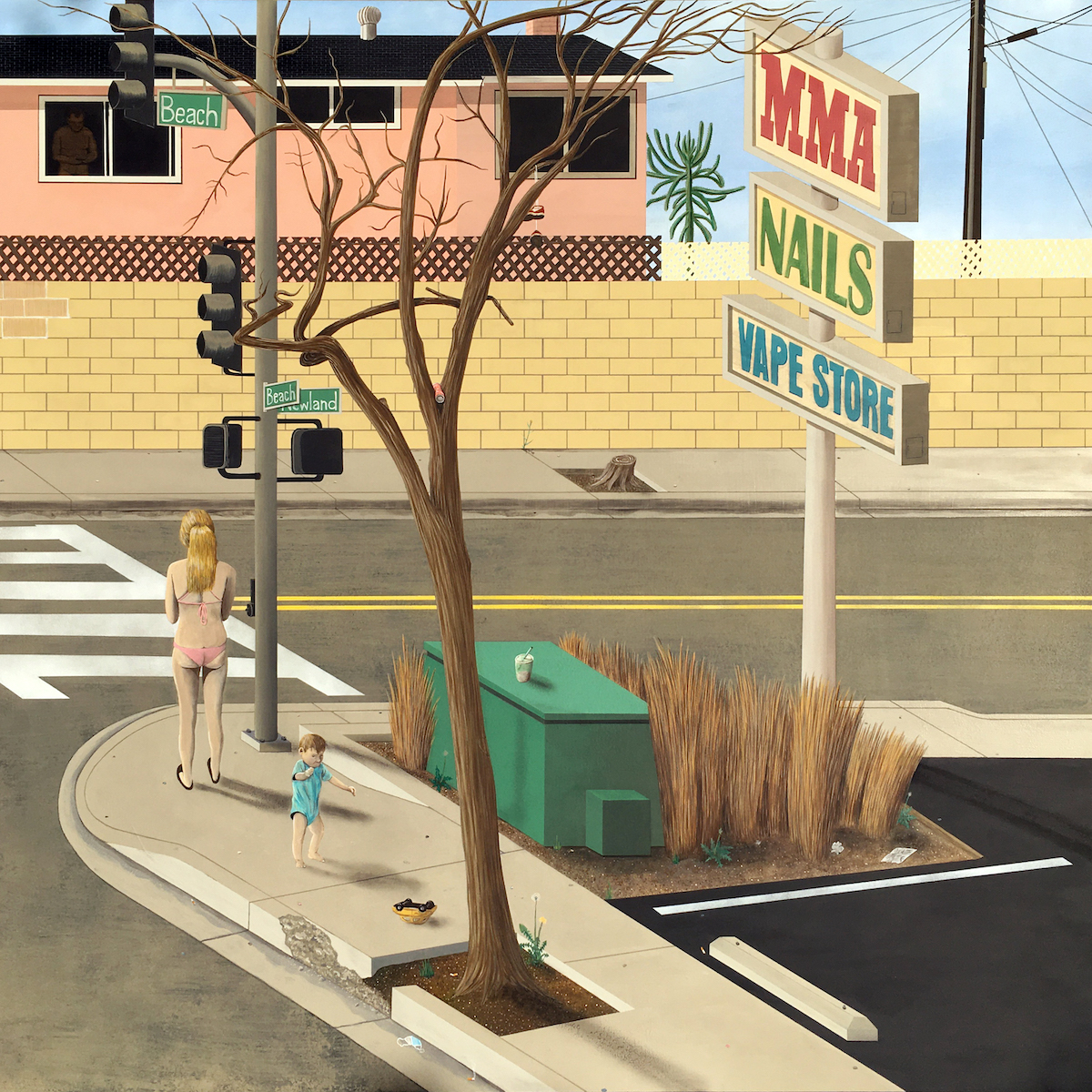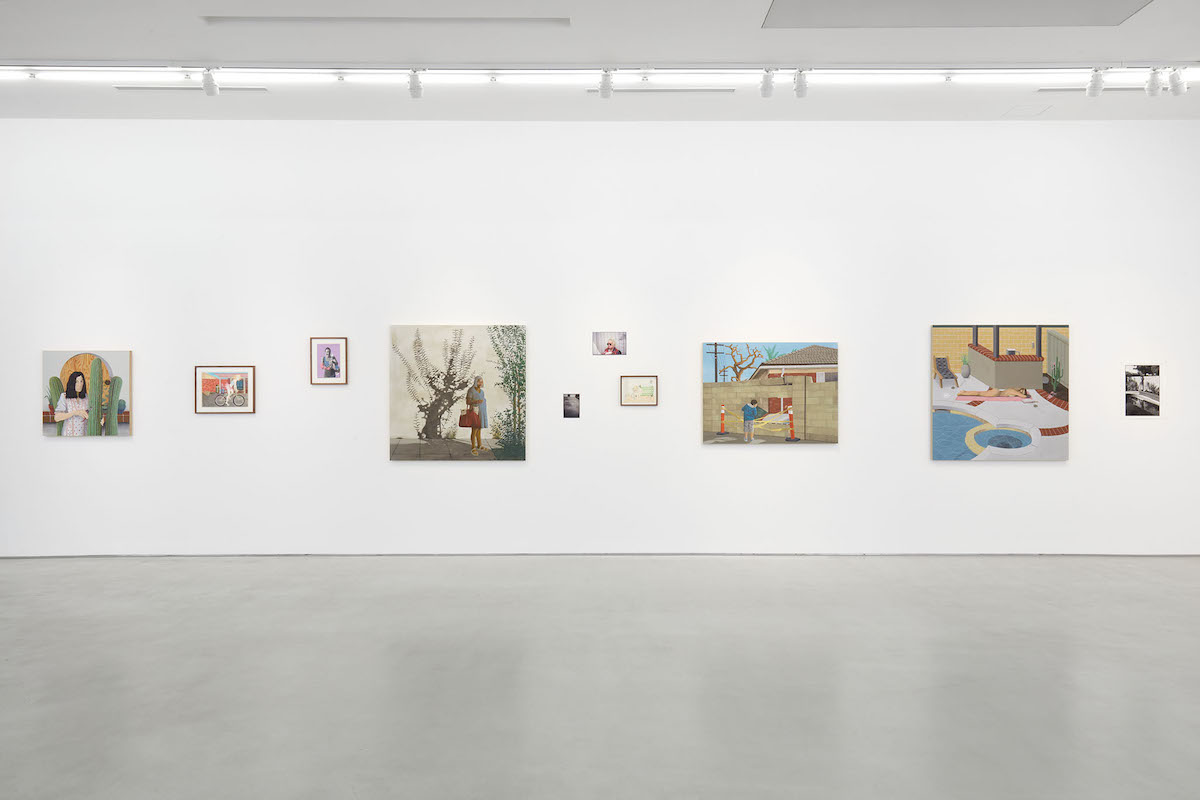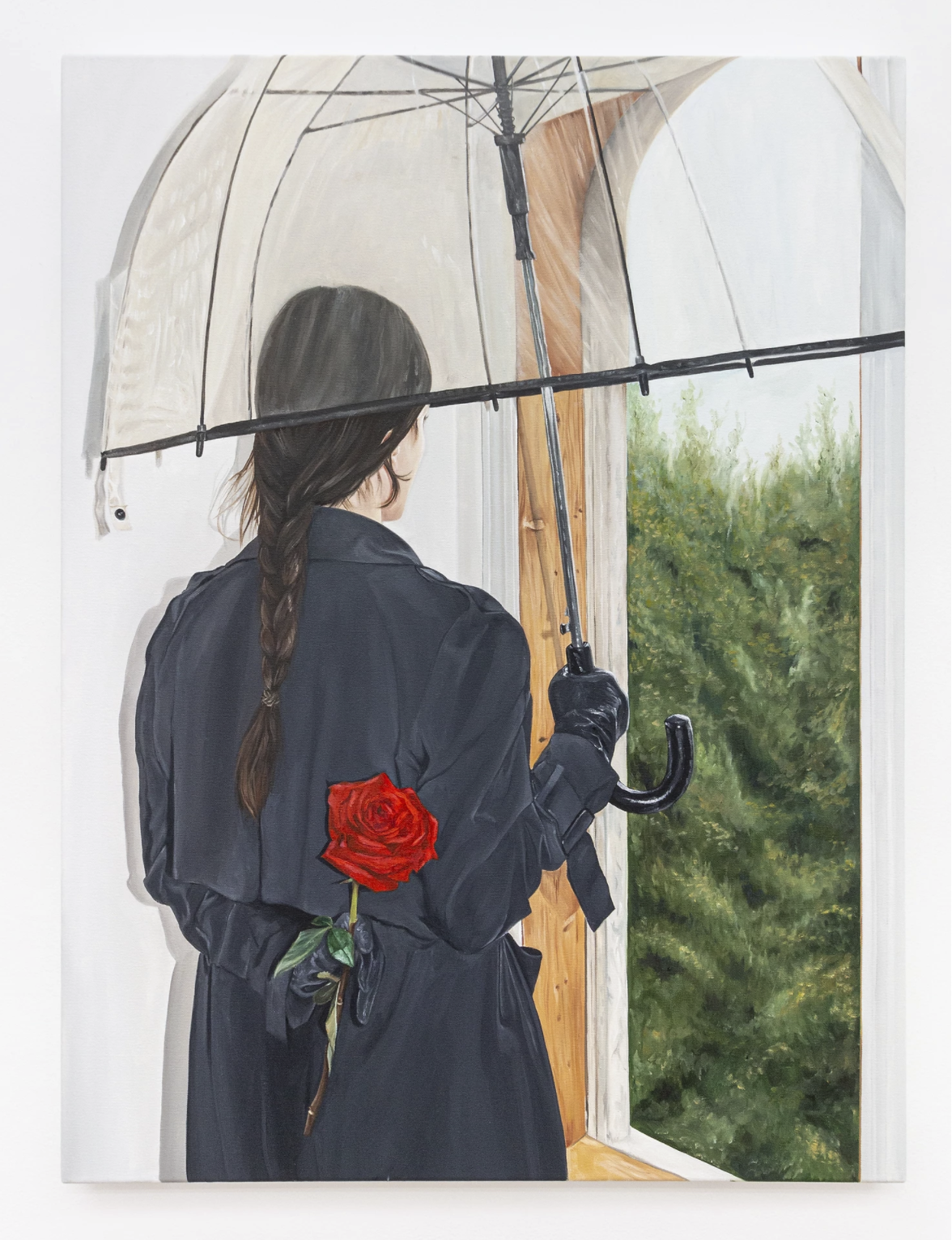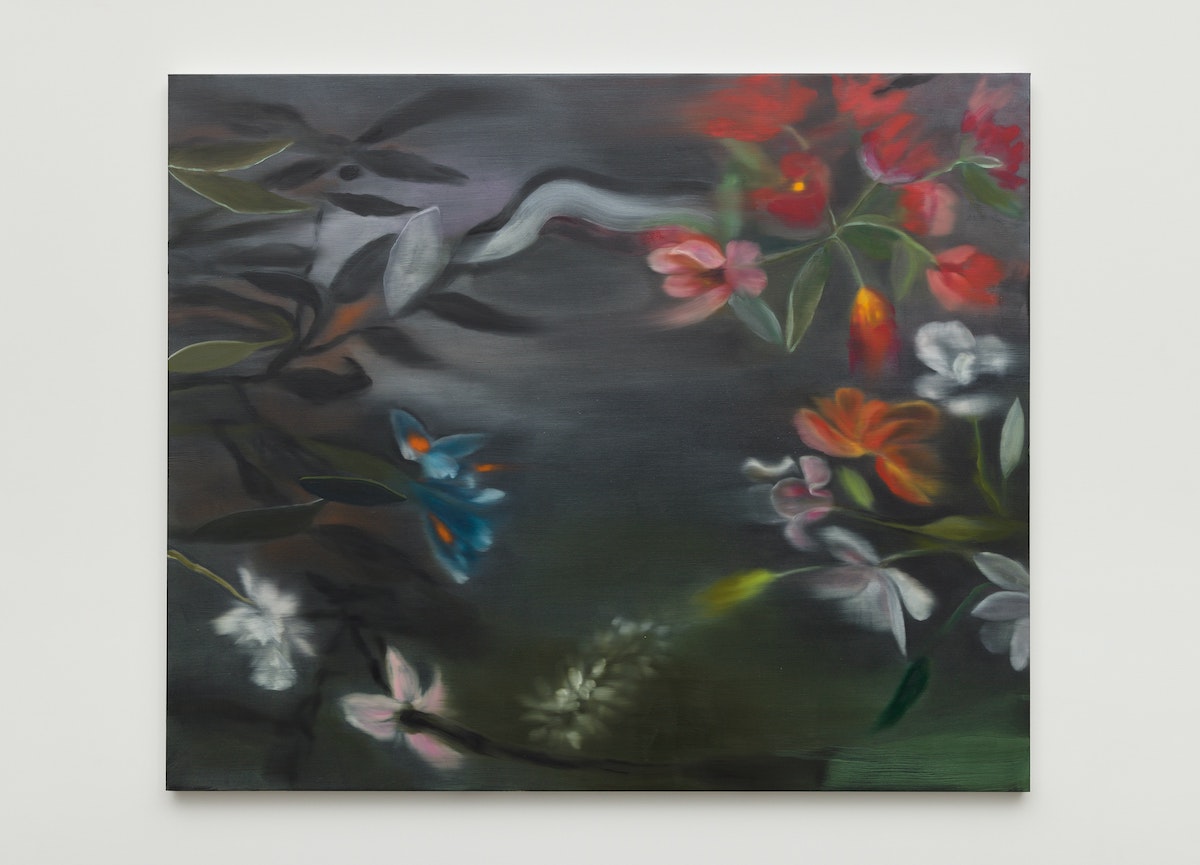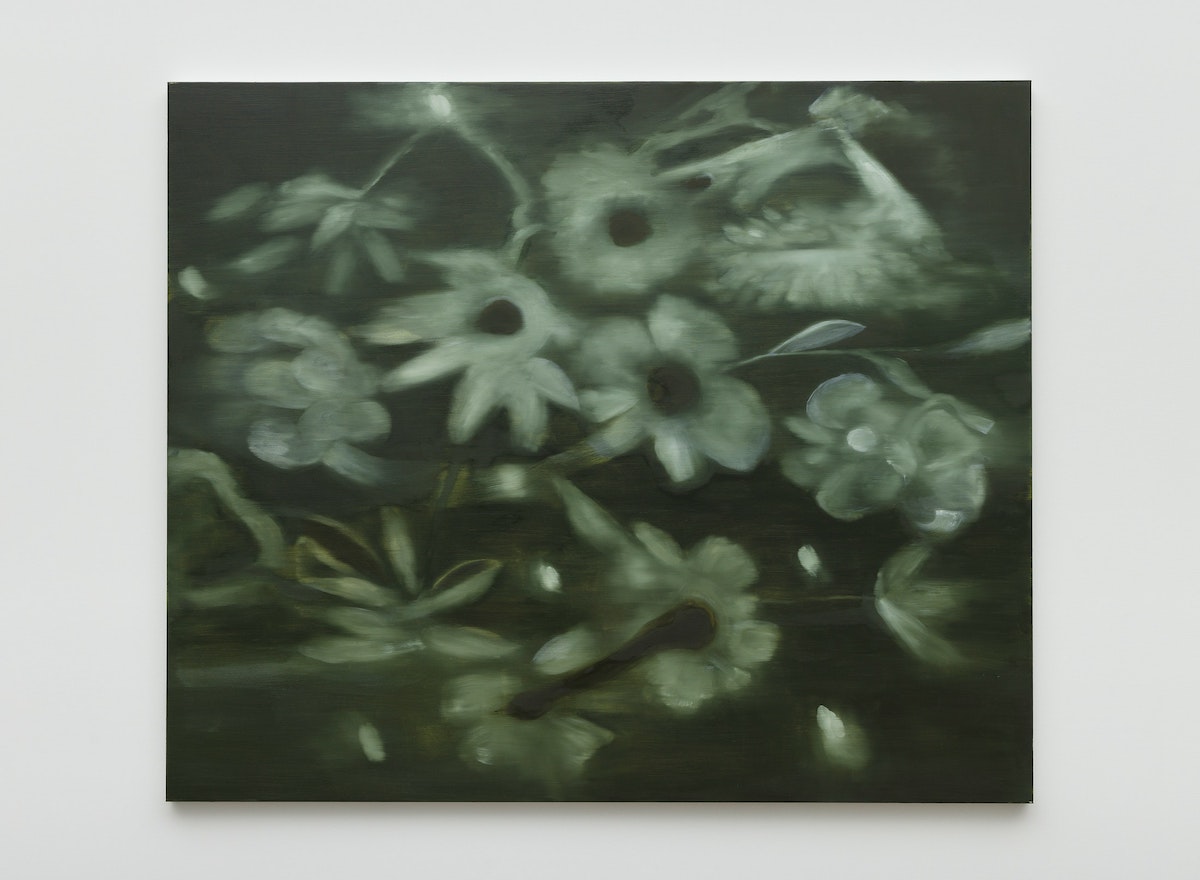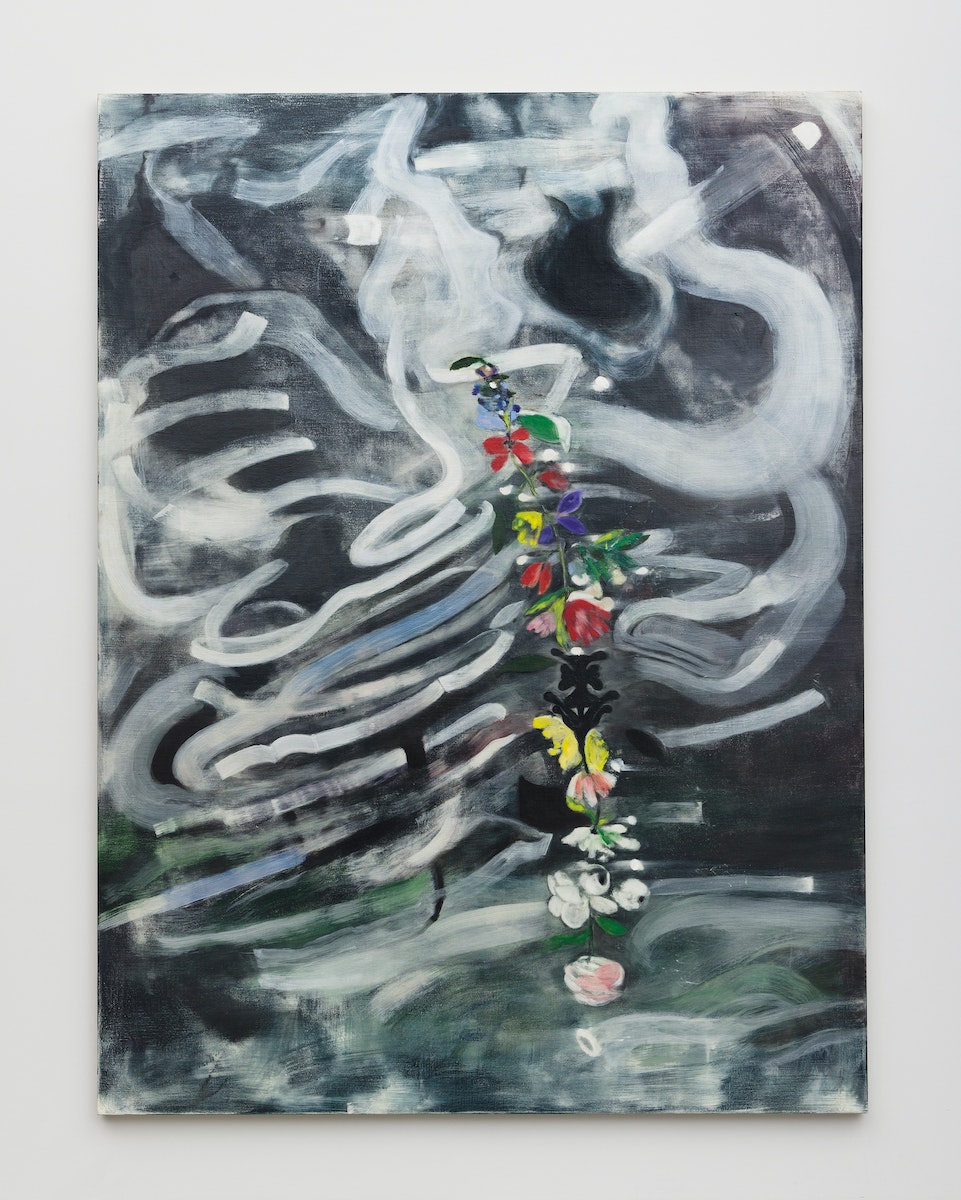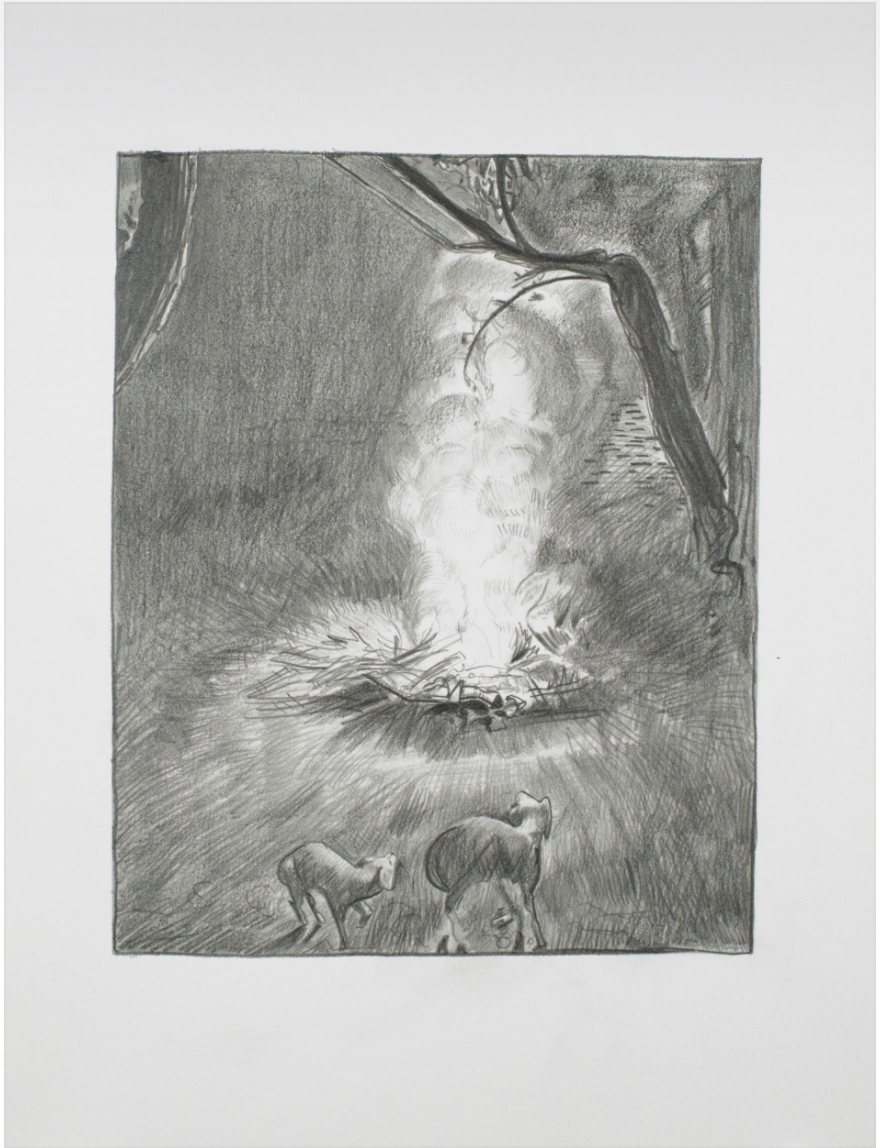Your cart is currently empty!
Tag: LA
-

FALL 2022 PREVIEW HIGHLIGHTS
Get ready for the big 2022 Fall art season. This is traditionally the biggest show of any other time in the art world where most galleries put their best foot forward with their September and October exhibitions. We’ve selected a few highlights coming this Fall in Southern California.
The Geffen Contemporary at MOCA
Judith F. Baca: World Wall
September 9, 2022–February 19, 2023
Museum of Contemporary Art,
Los AngelesHenry Taylor: B Side
November 6, 2022–April 30, 2023
The Broad
William Kentridge:
In Praise of ShadowsNovember 12, 2022–April 9, 2023
The Huntington
Gee’s Bend: Shared Legacy
September 17, 2022–September 4, 2023
Hammer Museum
Bob Thompson: This House Is Mine
October 9, 2022–January 8, 2023
Orange County Museum of Art
13 Women
October 8, 2022–October 1, 2023
The Getty Center
Cy Twombly: Making Past Present
August 2–October 30
USC Fisher Museum of Art
Louise Bourgeois: What Is The Shape Of This Problem?
September 6–December 23
Roberts Projects
Kehinde Wiley
TBD
Museum of Contemporary Art
San Diego in La JollaAlexis Smith: The American Way
September 15, 2022–January 29, 2023
Hauser & Wirth Los Angeles
Cindy Sherman: 1977–1982
October 27–December 30
Sprüth Magers
Nancy Holt: Locating Perception
October 28, 2022–January 14, 2023
Ed Ruscha, Annie, 1965. Oil on canvas, 21-7/8 x 19-7/8 in (55.6 x 50.5 cm). Collection of Orange County Museum of Art. Museum purchase with additional funds provided by the National Endowment for the Arts, a federal agency, 1978.011. © Ed Ruscha Cindy Sherman, Untitled, 1981,chromogenic color print, 24 x 48 inches; © Cindy Sherman, courtesy the artist and Hauser & Wirth. Henry Taylor, Cora, (cornbread), 2008, acrylic on canvas, 62 5/8 x 49 7/8 x 3 1/8 inches; courtesy the artist and Hauser & Wirth; photo by Jeff McLane Bob Thompson, Bird Party, 1961. Oil on canvas. 54 3/8 × 74 1/4 in. (138.1 × 188.6 cm). Collection of the Rhythm Trust. © Michael Rosenfeld Gallery LLC, New York Cy Twombly, Head of Emperor Marcus Aurelius, Roman,about 161–180 CE, marble, 19 5/16 x 11 13/16 x 11 13/16 inches; collection of Twombly Family, Rome; photo by Alessandro Vasari. Charles Ray, Self-portrait, 1990. Painted fiberglass, clothes, glasses, hair, glass and metal, 75 x 26 x 20 in (191 x 66 x 51 cm). Collection of Orange County Museum of Art. Museum purchase, 1990.002. Courtesy Matthew Marks Gallery. © Charles Ray. Photo: Reto Pedrini Loretta Pettway, Remember Me, 2007. Color softground and hardground etching with aquatint and spitbite aquatint, 28 3/4 × 28 3/4 in. The Huntington Library, Art Museum, and Botanical Gardens. William Kentridge, Drawing for the film Other Faces, 2011, charcoal and colored pencil on paper, 221⁄2 x 31 inches; courtesy The Broad Art Foundation, Los Angeles -

SHOPTALK: LA Art News
Aspen Art Week, Tom of Finland Fest, and moreLonnie Holley Visits LA
One of the best gallery shows this year was the self-taught artist Lonnie Holley’s solo show at Blum & Poe, and one of the hottest tickets was a recent Saturday afternoon talk between Holley and Jane Fonda. That may seem an odd pairing, but as the actor and activist explained at the start, “I lived in Atlanta for 20 years”—that is, when she was married to you-know-who. During that time she met Bill Arnett, a major art collector and supporter of what he called “vernacular art,” art by Black artists of the American South. Through him Fonda met a number of artists, including the Atlanta-based Holley.
Well-prepped of course, Fonda asked astute questions about Holley’s life and work. Holley, in his own elliptical way, often responded by addressing something bigger. He had had a tumultuous childhood, ending up at the notorious Alabama Industrial School for Negro Children, where he was brutalized. Fortunately, his grandmother was able to get him out when he was 14. ”I think I was chosen to go through the whole nine yards to be a witness to the ways of life,” Holley said. Much of his work reflects the poverty and pain he has experienced and seen. Take the series of early sculpture made of a sandstone-like material he salvaged from a foundry; he began to use the material when he had to make a tombstone for his sister’s two young children killed tragically in a fire. Later he created figures of others he wanted to remember or commemorate, including mythical ones. Holley’s assemblage pieces touch on themes of slavery and inequity. “No Negro was given the title of artist,” he says, “but they were creating, creating… When do we get credit for being who we are?”
Holley is getting credit now, being repped by a major gallery (this is their first show of Holley’s work) and featured in The New York Times last year. However, he finds that the world has gotten into a perilous state. “It’s hell that we are facing,” he said.

Lonnie Holley in conversation with Jane Fonda on the occasion of What Have They Done with America? at Blum & Poe, Los Angeles, 2022
© Lonnie Holley / Artists Rights Society (ARS), New York, Courtesy of the artist and Blum & Poe, Los Angeles/New York/TokyoTom of Finland Fest
For the first time the annual Tom of Finland Art & Culture Festival takes place both in Los Angeles and in London the same weekend (October 8–9), in Second Home workspaces in both cities. The festival brings together artists, galleries and patrons to network, and to buy and sell works of queer erotic art. Second Home Hollywood has a large garden and a pavilion for art installations, performances and presentations. Second Home Hollywood is located at 1370 N. Saint Andrews Place, while Second Home Spitalfields is at 68 Hanbury Street, London. Get your tickets for single days or the whole weekend at https://www.tomoffinland.org/artfair/

Tom of Finland, Untitled, 1987 Aspen ArtWeek
I never expected Aspen to be so beautiful—it’s a low-rise town lying in a verdant valley, though the rainy season lasts six to eight months here. It also happens to be booming with billionaires. This is fortunate for the Aspen Art Museum which holds an annual ArtWeek every August, a week punctuated with an art auction and gala to benefit the museum (ArtCrush); art talks, performances and tours; an art fair (Intersect Aspen); lots of cocktails and some very swanky dinners. The special honoree of ArtCrush this year was LA’s own Gary Simmons, and one of his paintings was part of the live auction, which took place during the August 5 gala. ArtCrush, the museum’s biggest fundraising event, raised over $4.3 million this year from both live and silent auctions.
The museum has been enjoying a major collaboration with Italian designer and artist Gaetano Pesce, whose vinyl rendition of sunrise in the mountains now covers the entrance side of its facade. There’s a gallery of his whimsical sculptural work inside, and a tabletop version of mountain peaks in different colors is for sale.
Meanwhile, Aspen galleries have put on special shows to coincide, and one of the best things, especially if you come from LA’s urban sprawl, is that nearly everything is within walking distance. There is also some symbiotic overlap between museum and galleries: certain ArtCrush artists were also featured at galleries, where the art stays up much longer. Two of my favorite shows were Alison van Pelt at Casterline/Goodman Gallery and preparatory drawings by Christo and Jeanne-Claude at Hexton Gallery.

A Forest for the Trees installation, photo by Aaron Mendez Immersed in Immersives
In my spare time, of which I have surprisingly little, I’ve been catching up with immersive exhibitions popping up all over town—the ones based on works by artists, such as the multimedia exhibitions of van Gogh, Klimt, Banksy and Glenn Kaino. Most of these exhibitions have you walking through very large rooms with 360 degree projections of artwork morphing into other artworks or graphics. The Kaino one is quite different—mostly installation, with sculpture and animatronics, and focused on environmental themes.
Often, there’s a lot of posted text—to give the experience an educational tone, I think. The Klimt immersive had about 20 panels of text before you entered the fun part, and I especially liked the excerpts of letters between Vincent van Gogh and his brother Theo in the van Gogh lobby. The Banksy immersive was most like an exhibition, divided into thematic groupings of his work with intro panels like “Banksy and the World Artistic Culture.”
Some also have a VR component, where you fit a heavy helmet with goggles over your head. The one for Banksy was especially good—a joy ride going through a complex of abandoned warehouses, as if you were on a train. His artwork appeared on the left and right on walls, just as his street art does in real life.

Clare Rojas, The End of the Road at the Edge of the World, 2022 Comings and Goings
In July and early August, San Francisco gallerist Jessica Silverman tested the LA waters with a pop-up gallery on North Robertson featuring paintings by Clare Rojas. Some work delighted with pure geometrical abstraction, while others, like The End of the Road at the Edge of the World, 2022, seemed part of a fairy tale. Silverman is happy to report that the show nearly sold out. Will she be coming back to LA in one form or another? I hope so, as I’ve enjoyed my two visits to her SF gallery. Patricia Sweetow, another Bay-Area dealer, has made her move permanent, settling in the Santa Fe art complex shared with high-end galleries Vielmetter and Wilding Cran.
Sadly, Bridge Projects has closed its Melrose gallery, as of July 30. I saw some excellent work there, but it was never clear to me whether they were a profit or nonprofit, as they also showed some quite quirky and esoteric work. Turns out it was actually a commercial gallery, with some underwriting from a collector couple. The projects will continue though, and first up is a reiteration of a show that opened during the pandemic, “To Bough and to Bend.” Check it out at the Frederick R. Weisman Museum of Art at Pepperdine University, from now through March 26, 2023.
-

GALLERY ROUNDS: Loft at Liz’s
Group Exhibition “Diverted Destruction 15: The Demolition Edition”Co-curated by Liz Gordon (of Loft at Liz’s) and Monique Birault, the 15th iteration of Gordon’s ecologically driven “Diverted Destruction” is both exciting, and more visually spare than past exhibitions. Rather than filling the main gallery space with smaller pieces created from recycled materials, this time around the artists confront waste created from construction and demolition materials.
Using concrete, asphalt, wood, drywall, brick, clay tiles, shingles, and metal, artists including Anna Stump, Sonja Schenk, Ben Novak, Joseph Salerno and Howard Lowenthal work in a variety of approaches to this material, while in the gallery’s alcove, a robust and ever-changing collection of materials are available for giveaways, with mixed media workshops encouraging their use.
Schenk’s piece is a suspended, monumental work evoking memories of the 2001: A Space Odyssey monolith had it cracked into pieces and turned horizontally with her Solid, Void, Other (Red Shift) made from polystyrene, glass, and acrylic paint to float like a feather of detritus.

Anna Stump detail Stump’s approach is playful: her Mojaveland Jackrabbit Hole recreates a Par 3 hole from her artist-designed miniature golf course and art center in 29 Palms. Made of broken concrete bricks originally used to build 1950s-era desert homes, the mobile mini-golf puts these found commodities to cleverly visualized delightful use. Also on exhibit: a series of mix-and-match painted concrete bricks, some delightfully depicting exquisite jackrabbits.
Novak works in welded metal and plastic found objects, creating what he terms “environmental work” dedicated to sustainability. He uses vintage tools in a numbered Weisman Tool Series, and found metal objects to create fascinating, elaborate mini towers in his Pandemic Year 2 Series.

Howard Lowenthal detail Lowenthal, a.k.a. SMTDLR, shapes irreverently fantastical mixed media in his Terra Inifrma, crafted from aerosol, acrylic, and sculptural debris. Salerno’s work feels more substantial, using industrial materials with minimal touches of color, such as oriental pink marble in his Shelter the Weak, and a softly glowing beige travertine along with rebar and stone for his in a landscape. While the materials are primarily industrial, these works seem to inhabit an imagined natural geology, like new sedimentary rock formations.
The exhibition is on display through September 20th at Loft at Liz’s on La Brea, mid-city.
-

GALLERY ROUNDS: Lev Rukhin
East 26 ProjectsRussian exile Lev Rukhin creates grand works of realism tinged with just enough peculiarity to suggest doubt. They are dreamlike—much of the imagery is suspended in a nimbus—and implies both memory and trickery. This device is quite intentional; the exhibition is titled Dreamscapes.
Pressed together in scores of photographic tiles, these large-scale images are a peripatetic narrative echoing both his contemporary travels and his fragmented memories, of things firmly recollected and those hazily recalled. In Hero’s Journey, 72” x 96” (all works 2020), sits a Pittsburgh factory devoid of workers, a skeletal remnant of the former smoke belching Eastern powerhouse so fearsome that it had been referred to as “Hell with the lid taken off.” In the triptych, Homage to David Hockney, 72” x 144”, Rukhin’s silhouette can be seen illuminating a tall spiny yucca as waning sunlight rims the horizon. The artist is visible in many of the works as if assuming the role of tour guide and eager to reveal the singular beauty of the unvarnished. His comparable yet much smaller Dunes places a similarly solitary tree in a much emptier landscape, isolated with an expectant or communicating human figure; the towering Brooklyn Chimney, 48” x 48”, becomes an obelisk worthy of homage as it watches over the sprawling boroughs.

Lev Rukhin, HERO’S JOURNEY, 2020. Laminated archival dye-sublimation photographs, layered, cropped into circles, hand-mounted onto aluminum honeycomb substrate. The gallery’s darkened rough-hewn floor lends a melancholy and contemplative aura to the works that are already doleful. Masonic Lodge, one of the smallest works in the exhibition, is a genuine haunter, suggestive not only of ghosts but advantages pressed, opportunities denied, and stratagems contrived. For an artist expelled from a homeland where subterfuge was a national obsession the ghosts of the past and the apprehension of the future are fraternal twins. Umbrella Man—part of his Los Angeles series of diverse figures—walks swiftly by in his shimmering suit, a wary eye ever cast behind him, his wide umbrella disguising his shadow.
Lev Rukhin: Dreamscapes
East 26 Projects
June 11-August 7
-

GALLERY ROUNDS: Robert G. Achtel
Marshall GalleryThe City of Namara is a fictitious place created by Robert G. Achtel. In the photographs that define this curious and digitally fabricated location, Achtel presents Namara as a place devoid of people and filled with modernist architecture. Each building is shot straight-on and fills the frame. These evocative and precisely positioned structures are created by digitally compositing thousands of photographs of buildings, signage and the landscape, as well as fragments of sky and road that Achtel captured during visits to Nevada, Florida and California. Because they are digital composites, however seamless they might be, the works call into question the notion of photographic veracity. While Achtel begins with “real” physical forms, he changes the colors, proportions and relationships between the elements by using software, such as Photoshop, to create a heightened sense of place.
The Gateway (all works 2020) depicts the facade of a liquor store called Liquor Swamp. The scripted letters of the word liquor— white lines surrounded by black— are installed above diamond-shaped plaques with the letters S-W-A-M-P on a striated dark green facade of a midcentury modern building that has a Jetsons essence. Bisecting the building is a tall light pole supporting a sign that states, “No Parking: Drive Thru Only.” However, there is no visible drive-thru. Stone walls depicted in shadow make up the lower portion and are positioned on either side of the glass entrance. The building is set in a vast empty landscape with a few palm trees blowing in an invisible breeze. Telephone wires and the top of light fixtures provide a resting place for groups of birds that may or may not have been in the “original” photographs.

Robert G. Achtel, Jealousy, LightJet chromogenic print, 2020 In Jealousy, Achtel presents a stark white facade with nine tall recessed spaces, each casting slightly different sized shadows consistent with their positions in relation to the sun. The black block letters across the facade of the building announce “The Modern Gentleman” while in the window below, there appears a neon sign stating “Nudes 24/7.” As in The Gateway, the setting is devoid of life (except for occasional birds) and the landscape is a barren strip of road in a desert climate. To the left and just behind the central structure is a tall skyscraper jutting into the sky like a minimalist sculpture. To the right is another Jetsons styled modernist building with spiky yellow supports. At one time, this might have been a carwash or body shop, but in Achtel’s image the sign now reads “B-O-Y.”
Though each building is unique, Achtel’s process becomes a bit formulaic. In most photographs he sets the main structure against a distant landscape with palm trees and birds, as well as other modernist buildings placed at the edges of the image to emphasize a vanishing perspective. The buildings in Achtel’s city have specific functions — be it to entertain or heal— and Achtel reinforces this through the narrative implied by reading across the different fragments of signage. The facade of The Fix is a geometric design featuring bright green and blue interlocking diamond shapes. The patterned facade has nothing to do with the building’s function— it is a “drug” store called “World of Drugs” that advertises it as “Doc’s Choice.” Achtel includes a windowless building in the mid-ground called “Relapse” creating an ironic contrast. Relapse, replace, revive are all words easily associated with Achtel’s project. Many of the buildings photographed were once dilapidated, abandoned structures from bygone eras that Achtel has resurrected by compositing and then transforming myriad details from the originals.

Robert G. Achtel, The Fix, LightJet chromogenic print, 2020 What is most striking about Achtel’s images is the Bechers-like straight-on presentation of these fabricated facades. Though different, they exist in the same space, set back from the white or yellow striped road surrounded by blue sky. Achtel purposely creates over-determined spaces that are reminders of both past and present. The images allude to a dystopia. Is this dream city heaven or hell? The facades in The City of Namara with their modern enhancements are drawn from the landscape discussed in Learning from Las Vegas and reference 1950s architecture found in both Las Vegas and Miami. Achtel imbues his city with texts that speak to loss, love and dependence, while simultaneously celebrating the visual power of “Modernist” architecture.
Robert G. Achtel
The City of Namara
Marshall Gallery
July 9 – August 20, 2022
-

SHOPTALK: LA Art News
Museum Openings and Summer ProgrammingThe Cheech Is Here
While many museums are opening exhibitions long delayed by COVID, one is unveiling a completely renovated building with a new focus. That would be the Cheech Marin Center for Chicano Art & Culture, or The Cheech, in Riverside. Part of the Riverside Art Museum, it opened June 18 in a renovated Modernist building, formerly a public library, at a cost of $13 million.
The two inaugural shows are wonderful introductions to Chicano art. “Cheech Collects” (through June 18, 2023) is a selection of 120 works from Marin’s collection, both from his gift of 500 works to the museum and the approximately 200 he retained. As a third-generation Mexican American, this art spoke to him. Four decades ago, when he first began collecting, the field was new and considered offbeat. “Other museums, they didn’t know what it was,” Marin said during the preview. “You can’t love or hate Chicano art till you see it. We need more people to see it.” He also believes that Chicano artists will be encouraged seeing these works in a museum. The sentiment was echoed by Sandy Rodriguez, one of the artists in the show. “To be able to come to a museum and see generations of Chicano art,” she said, “is absolutely stunning.”
The sections are arranged thematically, such as portraits and abstraction, but I found the flow was seamless. One of the most striking portraits is that of Marin himself, in a medium-sized painting by Eloy Torrez, titled It’s a Brown World After All. Casually dressed in a polo shirt with a jaunty paper crown atop his head, Marin appears against a background of a turbulent bay, with seagulls floating in the air. Another favorite is Frank Romero’s The Arrest of the Paleteros, a large narrative painted in a Magic Realist style, this one rooted in the reality of LA Police arresting vendors for selling ice pops. In the background are palm trees and Echo Park, looking a bit as if on fire. Other artists include Patssi Valdez, Carlos Almaraz, Judithe Hernández and Gilbert “Magú” Luján.
Don’t miss the other exhibition, on the second floor, the riotous “Collidoscope,” a retrospective of the brothers Einar and Jamex de la Torre, who often use art glass and readymade objects in their sculpture and assemblages. A centerpiece of the show is the epic installation Colonial Atmosphere, with a giant Olmec head as a lunar lander, interweaving themes of pre-colonial Mexican art with contemporary pop culture. More recently the artists have been creating giant lenticulars, playing off Catholic altars and iconography.
At the end of the preview presentation, Riverside Mayor Patricia Lock Dawson presented Marin with the key to the city—he seemed genuinely pleased to get it.

Interior of The Cheech; image courtesy of the Riverside Art Museum More Cultural Treasures
We often forget what a wealth of art and culture the museums, libraries and universities of the greater Los Angeles area hold. Several more excellent exhibitions opened recently—three of them drawing from the institution’s own collection.
At The Huntington, “100 Great British Drawings” (through Sept. 5) just opened. Intended to celebrate the museum’s 100th anniversary in 2020, it’s now two years late, and you know why. Curated by Melinda McCurdy, this is a kind of top hits of British drawing and watercolor from The Huntington’s own collection, which totals 12,000 works and is considered the best collection in this field outside Britain. Honestly, who knew? The show focuses on work from the 17th through the mid-20th centuries, and it’s a knockout. Don’t miss the very creepy William Blake illustration for Milton’s Paradise Lost, showing the battle between Satan and his son Death with a sad Sin (as a female figure, natch) in between them.

100 Great British Drawings: William Blake (1757 — 1827), Hecate or The Night of Enitharmon’s Joy, 1795. Planographic color print with pen and ink and watercolor on wove paper, 16 3/8 x 22 in. The Huntington Library, Art Museum, and Botanical Gardens. In Midtown LACMA is actively programming the Broad Art Museum and the Resnick Pavilion, as the older sections lie in rubble. I had a glimpse of the ruins one afternoon when the gates were open, and it was sad. In the Resnick are two fascinating and also rather complementary shows, “Archive of the World: Art and Imagination in Spanish America, 1500–1800” (through Oct. 30) and “The Portable Universe: Thought and Splendor of Indigenous Colombia” (through Oct. 2). The first comprises some 90 objects from LACMA’s growing collection of Spanish American art, including paintings, textiles, and objects and furnishings. Highlights include a chalice in intricate silver metalwork, incorporating bird feathers in small decorative inserts around the base. I was charmed by one painting by Miguel Cabrera showing a Spanish father and mixed-raced mother, embracing an albino child (their child), in a genre known as “casta” painting. While these paintings seem to exoticize life in the “New World,” they were also very sympathetic to interracial families.
“The Portable Universe” is a deep dive into the ancient arts of Colombia—400 objects including sculptures, carvings and metalwork, many of them loans from the Museo del Oro in Bogota. Sounds and music float through the air here, and no dates are on the individual labels, giving us the sense of timelessness. At first, I found this a bit irritating—not right for a museum—but finally I stopped being so analytical and just enjoyed looking at object after object.
Other shows worth taking in are in Westwood and up Ventura way. At the Hammer Museum “Drawing Down the Moon” (till Sept. 11) draws from its own collection and from other LA institutions. Curated by Allegra Pesenti, the show is a witty look at how artists have viewed our nearest celestial neighbor, the Moon. Meanwhile, one of my favorite artists Lynn Hanson, has a show through July 10 at the Santa Paula Art Museum—a small gem of a museum in a charming town. “Fieldnotes” reflects three decades of her drawings and watercolors—the small ones made as she took her daily walks along the Pacific Coast. I especially love her charcoal drawings of birds, snakes and octopi on antique maps, floating over the land as if they’re reclaiming some of what’s been taken from them.

Drawing Down the Moon: Alison Saar, Eclipse, 2017. Etching, aquatint. Sheet: 18 x 18 in. (45.7 x 45.7 cm). UCLA Grunwald Center for the Graphic Arts, Hammer Museum. Purchased with funds provided by the Marcia Weisman Endowment Fund © 2017 Alison Saar -

SHOPTALK: LA Art News
LA Gallery Migration, Museum Make-overs, and more.New York, New York!
The art market is back, and here in SoCal we’re seeing it with a slew of New York galleries moving in. Pace’s “mergence” with Kayne Griffin is official, and I hear the new signage now bears the Pace name. Sean Kelly gallery is occupying a 10,000-square-foot space on N. Highland—to open anytime now. Looking ahead, another New York mega, David Zwirner, is planning on a three-building complex at 606 N. Western, slated to open next January. Two pre-existing buildings will be renovated, with a completely new one built from ground up. They have already announced the opening exhibition—a solo by LA-based Njideka Akunyili Crosby, whom they started repping in 2018. All this will be a real game changer for LA, and maybe now collectors won’t feel the need to seasonally jet off to New York to get their art shopping in.
One gallery is actually jumping across the pond and the continent to get to us—the influential New York and
London-based gallery, Lisson, is set to open in the fall in the Sycamore District of Los Angeles in a two-story building with over 8000 sq. ft., including outdoor patio, near a number of other existing galleries. Their opening show is Carmen Herrera’s “Days of the Week.”Meanwhile our own homegrown David Kordansky Gallery is expanding east, with a New York space opening May 6, featuring an exhibition of new work by LA-based artist Lauren Halsey. “Opening David Kordansky Gallery in New York has always been part of the dream, for both me and our artists,” said Kordansky in his announcement. “I’m excited to provide a new platform for our growing program and to merge our sensibilities with the rich history and cultural trajectories of New York.” The new gallery will be located on W. 20th Street in Chelsea.

Post-renovation façade of MCASD, photo by Maha Bazzari La Jolla Museum Redux
Over the years I’ve enjoyed visiting the Museum of Contemporary Art San Diego (MCASD) in La Jolla, but always felt there was a problem with the choppy flow. The building was born as a private home in 1916, became an art center in 1941, and went through various remodels over the decades. This time they hired world-class architect Annabelle Selldorf, currently overseeing the expansion and renovation of The Frick Collection in New York, and acquired an adjoining building to quadruple exhibition space. The result, unveiled in early April, is glorious, a contemporary art museum that feels comfortable to stroll through, designed in a way you can see everything without getting lost.
The latter is partly accomplished by a number of windows opening to the local landscapes. From the lobby you can see Prospect Street and other parts of town, from side windows you can see old bungalows, and in the rear there are many views of the seaside walk and the churning Pacific. “We decided to embrace our spectacular location on the edge of the Pacific Ocean,” said museum Director Kathryn Kanjo during the preview. “We were thrilled to take it all in,” said Selldorf. “We don’t think the windows are a distraction. It’s good to look out and be oriented.” Petite and soft-spoken, Selldorf is constantly thanking her collaborators, a refreshing departure from the egoism of many starchitects.
The elegantly spare design helps you appreciate the art, and for the first time I see what a really superb collection MCASD has. That includes the multicolor polka-dotted Kusama Yayoi pumpkin in the entrance, John Baldessari’s deadpan painting Terms Most Useful In Describing Creative Works Of Art, and Charles Gaines’ Airplanecrash Clock.
The special exhibition is “Niki de Saint Phalle in the 1960s” (through July 17), and it was a revelation. I knew of her early “shooting paintings” and of her colorful “Nana” sculptures—one of which is dancing in the center of a lower gallery. However, I was unaware of her assemblage and multi-media paintings of this period which often showed grim skyscrapers, sometimes being attacked by fighter jets and Godzilla-like creatures, and often on fire. Also included are several results of the “shooting paintings.” This is a show you may never see again, since much has been borrowed from European collections and some works are very fragile. Major kudos to the curators—Michelle White, senior curator at The Menil Collection, and Jill Dawson, curator of MCASD.

Jack Pierson, The End of the World, Twentynine Palms, High Desert Test Sites. Desert News
You know how I love an excuse to drive through the desert, and High Desert Test Sites (HDTS) has finally returned. Celebrating its 20th anniversary this latest iteration, “The Searchers” (through May 22), features nine art installations dotting the high desert region around Joshua Tree and Coachella Valley. The curator is Iwona Blazwick, director of London’s Whitechapel Gallery, who brought six artists from the East Coast and abroad, to add to the three regional artists in the mix.
Here are a few highlights, and the fact that they have stuck in my mind a week later is testament to the smart thinking that has gone into curating HDTS 2022. A work that injects some black humor into its commentary is Jack Pierson’s The End of the World, gigantic all-cap letters that loom large in the desert behind The Palms Restaurant in Twentynine Palms. They’re constructed of chipboard and painted silver, and make a great Insta grab. I have always thought that deliberately divey bar had an end-of-the-world feeling, a great place to grab a few drinks and have a few laughs before The Bomb goes off.
The two videos are really really good ones, by the way, and worth driving down some uneven dusty roads. In Harese, Erkan Özgen worked with Marine vets from the Corps’ nearby training base for a film short in which they slap their bodies, ready rifles, and flick bullet shells to a hypnotic beat. In Other Dessert Landscapes, Dana Sherwood worked with Joey’s Home Animal Rescue in Yucca Valley to provide horses for her dreamlike video, in which they nibble on lavish desserts set on outdoor tables, with a shot of humans thrown in now and then. It was captured with an infrared camera and it’s surreal—I’m still thinking about it.
Stop by Kate Lee Short’s Respite, a small building partly sunken into the ground. If you go on a day when the wind is blowing, you’ll hear a little concert, because there are pipes built into the roofline. This, like Rachel Whiteread’s cement-cast Shack I and Shack II, are pre-existing structures, but generally aren’t open to the public outside of HDTS. Other artists in the event are Dineo Seshee Bopape, Alice Channer, Gerald Clarke Jr and Paloma Varga Weisz.
-

GALLERY ROUNDS: Sandow Birk
Track 16 GalleryHighly prescient, somehow whimsical, Sandow Birk’s exhibition “Los Angeles and Her Surroundings” explores what can only be described as late-stage capitalism in Southern California. In 40 drawings that have whiffs of nostalgia, environmental and architectural pleasure, and a clear-eyed view of declining social and political aesthetics, Birk tackles everything from a major museum on fire—and isn’t its present reconfiguration at LACMA, at least a little as if it were going up in flames?—to the hectic urban sprawl of the signs at mini-malls to a tree hung with discarded shoes.
There are timely depictions of a traffic jam of COVID-19 vaccine seekers at Dodger’s Stadium to the glossy, Frank Gehry silver of Disney Hall.

Sandow Birk, Disney Concert Hall Downtown, 2021, Ink on mylar, 13 × 15 in In the latter work, Disney Concert Hall Downtown (2021) created in ink on mylar, architectural form, and both its beauty and transitory nature are expressed in a lovely, peaceful work, in which the concert hall’s gleam in the background is less prominent than a collection of differently shaped balloons and cotton candy that shimmer around a street vendors cart. Both balloons and concert hall have their own fascinating architecture, as well as the implied conjecture that one may not be any more permanent in the great scheme of time than the other. The serene pink and blues of the balloons, flowering trees, and the blue cast to the sweeping concert hall shape also echo that aura of transience.
Then there are darker images: whether it is the Orwellian cast to the gowned and masked workers approaching vehicles in Mass Vaccinations at Dodger Stadium (2021) or the all-too-human horror of tent villages on the streets of Skid Row – Downtown (2020). Although very different, the visual scope and fable-like narrative of these works to some extent recalls the work of Thomas Hart Benton.

Sandow Birk, Mass Vaccinations at Dodger Stadium, 2021, Ink on mylar, 13 × 15 in There are neighborhood shops, such as an auto parts store and barber shop, an artificial limb store and bait shop, a water store, and poultry shop – all conjoined in a cluttered urban sprawl that both celebrates small businesses and decries the careless lack of urban planning and community needs. Other images celebrate more iconic landmarks, the Whiskey on Sunset, Angel’s Gate lighthouse in San Pedro. The wide reach of Birk’s cultural depiction of LA is impressive in and of itself, meticulously drawn, yet fraught with a tangible anxiety.

Sandow Birk, The Triumph of Death (Las Vegas), 2018, Acrylic on canvas, 44 × 59 in That anxiety seemingly explodes in Birk’s larger scale paintings, such as Los Angeles County Museum on Fire (after Ed Ruscha) (2022), an acrylic on canvas work as fierce and pointedly critical in its own way as his The Triumph of Death (Las Vegas) (2018), depicting the carnage of sniper serial killing, and our American death-cult with guns; the police brutality and protests in Ferguson in A Few Bad Apples (Killed by Cops) (2019); and the ugly racism endemic in our society’s traditions shown in The Triumph of Hate (Charlottesville) (2018).
Make no mistake, these works are all as sweepingly epic as they are thoughtfully, illustratively rendered. Birk tells the American story without placing or sugar coating it, and specifically in his drawings, the story of Los Angeles.
-

SHOPTALK: LA Art News
Art Fairs, Gallery Movement, and moreFrieze 2022
The art fairs have returned, and with such a burst of optimistic energy! Maybe they’re signaling the lifting of the curse of COVID—or our fervent hope for its end. And maybe artists, during all the imposed quarantines and self-isolations, have devoted themselves to making work that requires concentration, time, and thoughtfulness. For an artist, turning inward can be a very good thing.
During my walkthroughs of Frieze Los Angeles (Feb. 17–20), I was thoroughly enchanted by beautiful, and beautifully made, art. First the number of galleries has jumped from 70 to 100—with the tent in three parts, not just one. The location has changed to Beverly Hills, in a lot across from the Beverly Hilton, and I have to compliment the logistics people for keeping Merv Griffin Way flowing all the time — quick drop-offs, holding the traffic for pedestrians, with pickups in the Hilton driveway. Also thankful that the fair remained COVID-cautious, checking vaccinations and insisting on masks upon entry. Parking was a bit of a pain — you didn’t really want to park in the hotel lot for $65—but if you were willing to walk 15 or 20 minutes, you could park in city lots for a reasonable fee.
Here were a few of my favorites—Mindy Shapero’s hypnotic paintings made with spray paint, acrylic, copper, gold and silver leaf on Belgium Linen at Nino Mier. A recreation of Betye Saar’s mural from 1983, “L. A. Energy,” on the outer wall of Roberts Projects, a playful array of the letters “L” and “A” and colorful, curved shapes. Julie Roberts told me that Betye herself, at 95, came to the fair to supervise.
Gagosian Gallery exhibited only one art piece, but it was a showstopper—the 2010 installation “Dreamer’s Folly” by Chris Burden, never before seen in the US. Three cast-iron gazebos brought together under a draping of diaphanous lace with a “tree of life” pattern occupied their booth, inviting visitors to sit, pause, take Insta photos—which they did in droves. The work seemed remarkably gentle, even sweet—in a good way—compared to Burden’s best-known works, such as the “Urban Light” installation at LACMA’s entrance. “Dreamer’s Folly” sold during preview to a European institution. Of course, I’m sorry it couldn’t stay in the U.S., but I assume the price (which is undisclosed) would have been in the low millions.
In the Focus LA section were terrific selections coming from “emerging” spaces or, basically, smaller and younger galleries such as Charlies James, Luis de Jesus, Marta, and Parker. I was especially drawn to the work of Ben Sakoguchi at Bel Ami, with his suite of paintings showing the bleak dwellings and landscapes of the 10 concentration camps Japanese-Americans were sent to after the bombing of Pearl Harbor. In the center, the largest painting is a group portrait of those who lived in Block 13 at Poston, Arizona — adults and children making the best of their imprisonment. In 1942 President Roosevelt signed Executive Order 9066, sending more than 100,000 Japanese Americans living on the West Coast to these camps, in the belief that they were a real security risk. German-Americans and Italian-Americans were not subject to the same abusive treatment—go figure.
Reportedly, over 30,000 people came to Frieze LA over its four-day run. Thursday and Friday were preview days, with Saturday and Sunday regular days. I went on a preview day and a regular day—and both were jammed, especially the Saturday. Interestingly, the announcement for Frieze New York just came out, and they’re holding it again at The Shed, as they did last year—that’s the multipurpose art space in Manhattan — and they’re keeping their galleries to “over 65.” Take note, that means Frieze LA has become larger than Frieze NY.
The LA Art Show (Jan. 19–23) seemed remarkably quiet when I went by to visit on a Friday afternoon, staying till evening, but this was after the winter holidays Omicron surge. Intersect Palm Springs (Feb. 10–13) debuted a few weeks later, an extension of an art fair that has already had some success in Aspen and Chicago, and which basically replaces Art Palm Springs which had been struggling. Lots of exuberant, fun work there, quite suited to the whimsical mood of Palm Springs.

Qiu Anxiong, The Doubter, 2010 LACMA gets a major gift
Recently the Los Angeles County Museum of Art has had a run of remarkable exhibitions of Chinese contemporary art—The Allure of Matter: Material Art from China (2019), Ink Dreams: Selections from the Fondation INK Collection (2021), and Legacies of Exchange: Chinese Contemporary Art from the Yuz Foundation (through March 13). On March 7 they announced that seven artworks in the current exhibition will enter their permanent collection — a generous gift from Budi Tek, one of the world’s leading collectors of Chinese contemporary, and the Yuz Foundation.
The works are by artists among the best known in China and internationally. They include Qiu Anxiong’s installation The Doubter (2010), three works from Shi Jinsong’s Blade series (2003), Yu Youhan’s painting Mao in New York (1995), Zhou Tiehai’s painting Venus and Cupid (2006), and Ai Wei Wei’s celebrated installation Circle of Animals/Zodiac Heads (2011). All, except for Ai Wei Wei, will be new to LACMA’s holdings.

“Twenty Years of Painting: 2001-2021” at the historic Santa Monica Post Office last January. Comings, goings and pairings
More New York galleries are moving into Los Angeles. In November Vito Schnabel launched a new gallery in the Old Santa Monica Post Office, with a major show of Francesco Clemente, “Twenty Years of Painting: 2001–2021.” The space is huge—15,000 square feet—with a double-height ceiling, and some nice 1930s details. I’m told they’ve rented the space for a year.
Pace is merging with Griffin Kayne, with gallery founders Bill Griffin and Maggie Kayne becoming managing partners of Pace. The two will continue to run the gallery, with its enclosed grassy courtyard, which will take on the Pace name in April. Thus the New York mega-gallery regains an Angeleno presence again after parking in Beverly Hills from 1995 to 2000.
The ever-popular The Other Art Fair (March 31–April 2) returns this spring, but is leaving Barker Hangar in Santa Monica and moving East. Their new address is an event space at 4317 Beverly Blvd, near Western Avenue
California Institute of the Arts has announced the next dean of its School of Art, Steven Lam, who takes over from Tom Lawson on July 15. Lam leaves his post as associate vice president of research and dean of graduate studies at the Emily Carr University of Art + Design in Vancouver, British Columbia. Before that he worked at the School of Art + Design at Purchase College, State University of New York, and Cooper Union in New York. Tom Lawson has been art dean at CalArts for the last 30 years.
-

Post Frieze LA: The KNOW Contemporary
Group Show “BLACK”Enlivened by the energy of Frieze Week LA, I went to The KNOW Contemporary to view curators Knowledge Bennett and Charles Moore’s group exhibition, “BLACK.” To my surprise, I’d stumbled into the installation’s culminating event, a panel discussion with its artists and gallerists. Seated amongst the art world’s most prominent innovators, I was moved to witness a panel of Black creators discussing blackness as both cultural identity and sublime aesthetic.
This multifaceted lens animates “BLACK,” which feels both suspended in cosmic space and grounded in political reality, granting it a uniquely ethereal quality. As viewers entered the gallery, we were met with three works by Bennett (who is included in the show). Painted with acrylic and diamond dust on canvas, they are presented in succession, their geometric symbolism and incandescent surfaces composing a delightfully monotonal abyss. Directly to their right, Bennett’s How Long Does it Take to Make Devil? (2021) reads “MAY 25, 2020,” referencing the date of George Floyd’s murder, and the crest of a cultural awakening. This juxtaposition of the political and the transcendent characterize the exhibition, which seeks not to reconcile the complexity of blackness, but surrender to its expanse.

Installation View. BLACK at The KNOW Contemporary. Photo courtesy of Artsy Continuing through the gallery space, we encountered the paintings, mixed-media works, and sculpture of nine Black contemporary artists which meditate on the darkest hue and the diaspora it has come to represent. While some works depicted Black people and the social realities that shape them, others were decidedly abstract, engaging black on purely aesthetic terms. It is this kaleidoscopic gaze on blackness—as color, culture, and consciousness— that lends the exhibition its particular magic.
Situated within a discursive landscape that seeks facile solutions to our racial woes, “BLACK” represents a historic departure. By boldly embracing multiplicity, the group exhibition creates space for Black artists to explore the complex—and often competing—truths of their existence. It is in this acceptance of manifold truths that we might understand blackness in its totality — as unapologetically and infinitely abundant.
BLACK
The KNOW Contemporary
422 S Alameda St., Los Angeles, CA 90013
Exhibition Dates: Feb 16 – Feb 20, 2022
-

Pick of the Week: Theodora Allen
Blum & Poe[et_pb_section admin_label=”section”] [et_pb_row admin_label=”row”] [et_pb_column type=”4_4″][et_pb_text admin_label=”Text”]We are supposed to wish upon them when we see them fall. But however sentimentalized shooting stars may be, they are merely rocky debris skimming the atmosphere — all their mythology is manufactured by those of us watching in awe from our Earthly confines. In the five new paintings of Theodora Allen on view in Syzygy, utopian and metaphysical ideals meet celestial bodies and ethereal mindscapes in Allen’s timeless, contemporary visual lexicon.In the centerpiece of the exhibition, the triptych Syzygy (Narcissus) (2021), two shooting stars encircle a flaming central star. Aligned diagonally across the panels, this titular work has achieved syzygy, an astronomical phenomenon where celestial bodies configure in a line. It’s also bursting with mythology and Allen offers a grounding touch by portraying scenes from different interpretations of the myth of Narcissus in the center of each star so that they look like diamond portals. Through Allen’s rigorous painting process, the triptych assumes a translucent, ghostly quality, as though the shooting stars are supernatural overseers of human stories and affairs.
Just as Narcissus became enamored with his own reflection, the rest of the exhibition is rife with mirror images and repeated symbols. Falling Star (Memento Mori) (2021) is a similar image to the triptych but unlike its counterparts, it shoots straight down rather than toward the orbit of another star, serving as a standalone reminder of mortality. Employing mirrored color palettes, composition styles and motifs throughout the series, Allen engages with themes of regeneration and cyclicality, the creation and destruction of the natural world.
In the trio of smaller scale geometric paintings — The Amulet, Origin and Struck (all 2021) — infinity symbols interlock, the tails of comets link to form shields and an arrow pierces a heart into symmetric halves. Though the symbols are imbued with familiarity and history, the originality with which Allen wields them transports viewers into her otherworldly realm full of imagined landscapes, images and ideas. In Allen’s hands, everyday emblems become meditative and elusive, positing existential questions about whether we are looking inward and outward from ourselves.
The reality of shooting stars may not be as romantic as their lore and astronomy may have disproven their magic, but Theodora Allen beautifully reminds us of how they tether us to our instinctive needs for reflection — of the past, of the future, of ourselves and others.
Blum & Poe
[/et_pb_text][/et_pb_column] [/et_pb_row] [/et_pb_section]
2727 S. La Cienega Blvd
Los Angeles, CA 90034
Thru Feb. 26th, 2022 -

GALLERY ROUNDS: Jonas Wood
David Kordansky GalleryJonas Wood’s highly patterned and flattened paintings take up all four gallery rooms at David Kordansky Gallery. Evoking the decorative arts, their inherently “attractive” quality reminds one of a painted mosaic. Wood created this affect by using deliberate linear brushstrokes atop flattened fields of opaque colors, to create a highly ornamented painted surface. The result is work that feels more along the lines of tapestry than paintings. Although the paintings are playful in character, the stylization and methodical application remove any semblance of expressivity from the paintings, leaving no room for error and nothing at stake.
As the name of the show suggests, the content of the paintings largely focuses on “Plants and Animals” inhabiting the domestic living spaces of the bourgeoisie. The point-of-view of the paintings are from inside or outside affluent architecture. The general feeling is too comfortable and well-situated to feel voyeuristic—and ends up suggesting the social status of Wood himself. Unlike the Post-Impressionist genre that the paintings are referring to through his compositions (homage to printmaking and flattened patterned brushwork à la Gaugin or Matisse), Wood’s paintings do not feel like they are painted for fellow painters, but rather for his established collectors.

Jonas Wood, Deer and Picasso, 2019, oil and acrylic on canvas Allusions to high living and designer tastes are frequently dispersed within the pictures. Privileged pastimes are hinted at, for example the painting Deer and Picasso from 2019, feature a Picasso painting on the wall, a pet deer lounging on a wicker sofa and a SURFER magazine atop a coffee table in the foreground. In the painting Patterned Interior with Mar Vista View (2020) the painted plants are ripe, alive and full with saturated colors. The mirthful pattern of the drapery and sofa create a visual kinetic energy that buzzes above the picture plane. This painting—like many others in the show—use an opened window motif; the paintings themselves are like open windows into a fabricated LA paradise, accessible only to the happy wealthy people that will in-turn own these happy expensive paintings.
Jonas Wood: Plants and Animals
January 22 – March 5, 2022
-

GALLERY ROUNDS: Ed Templeton
Roberts ProjectsDeceptively clean, simple, and filled with Southern California light, Ed Templeton’s new exhibition “The Spring Cycle” explores life in a suburban Southern California beach. And it has a deeper context: a critique of the banal isolation that often permeates suburbia.
Templeton’s eighth show at Roberts Project narratively depicts and dissects Huntington Beach, his hometown. Doing so, he also takes on some of the politics of the area and goes deeply into the lack of connection that divides American life everywhere.
Both the larger acrylic on panel paintings and the smaller works on paper (all works created in 2020 and 2021) are strikingly awash in sun and ennui, realistic in execution, highly realistic with a flat style that still includes dimensional shadows. Despite their realism, they border on the absurd in subject.
In Newland Avenue, (48” x 48”) a young woman in a bikini waits to cross the street, oblivious to a young child reaching for an overturned toy car—the child seems steps away from the danger of running into the street. The denuded landscape has an ominous overtone of neglect—a tree stump, a discarded cup on an electrical box, a shopping plaza with a lone vape store and nail salon.

Installation view, “The Spring Cycle,” 2022. Courtesy of the artist and Roberts Projects Los Angeles, California. Photo: Paul Salveson. In A Peak into the Rabbit Hole, (36” x 48”) there’s a similar sense of banality and danger. A boy peers through a hole in a concrete block fence where the area is taped off as the top of the wall is crumbling. Cutting through the alienation of suburban life seems to be a hazardous proposition.
That alienation is brought home with special poignancy in Pandemic Summer, Suburbia 2021, (12” x 16,” acrylic on paper). Clad in a bathing suit, a girl rides a bike past a man sitting alone at a bus stop; another man is collapsed on the ground. A nearby sign recommends “social distancing”—a caution that hardly seems necessary here.
Along with paintings and drawings, a showing of Templeton’s own photographs that inspired the painted work accompanies the show in another gallery.
Roberts Projects is located at 5801 Washington Blvd, Culver City. The exhibition runs January 22nd – March 5th. Reception: March 5th 4-7 p.m.
-

Pick of the Week: Noelia Towers
de boerBe careful not to break a mirror, or it’s seven years of bad luck. Don’t hang a horseshoe upside down unless you want the luck it holds to trickle out the ends. Step on a crack, break your mama’s back. Though they are most often recalled trivially and half-jokingly, the superstitions we abide by our entire lives are punctuated by undertones of suffering and darkness. Noelia Towers’ exhibition “Opening an Umbrella Indoors,” mines the connections between bad omens and earthly tragedies through a series of photorealistic paintings rife with displays of pleasure and pain, intimacy and mortality.
Undeniably, Towers is a beautiful technical painter. From gentle cascades of hair to the glistening sheen of leather loafers, the works are rendered in impeccable detail. Still, the hyperrealism of the paintings is hardly as striking as the subject matter itself which ranges from scenes of bondage and self-harm to cries of self-help and attempts to escape, with Towers serving as her own model and muse. By carefully omitting her face, the works (all 2021) thus become representations of our collective experiences of pain and longing.
In Vow of Silence, Towers dons a frilly floral dress and full-face leather hood and poses as if she’s about to sever her own tongue with scissors. Picnic for Two shows her in a similarly submissive position, bound from her ankles by a BDSM spreader bar and sprawled on all fours on a checkered picnic blanket while clad in white. The juxtaposition between the innocence of her garb and the unsettling anticipation of pain evident in each scene reflect the threat of impending doom despite how bright and sunny life may seem, a common thematic thread throughout the show. Mementos of death loom around every corner, particularly in Memorial to Self and Ferit de mort, which respectively depict a commemorative bouquet of lilies in a high-heeled boot and a dying swan bleeding from a fresh bullet hole.
In Bad Luck, Towers stares wistfully out an open window while holding an open umbrella indoors and a thorny rose behind her back, as if longing for freedom from the curse of misfortune. The exhibition becomes a brutally honest manifestation of fears and forebodings, many of them self-inflicted but no less real. The artworks are deeply personal, but the story Towers tells is universal and one I empathize with — that of a young woman struggling to make meaning of her life and forge her way in the world while dogged by harbingers of hopelessness, entrapment and self-doubt.
De Boer Gallery
3311 E. Pico Blvd
Los Angeles, CA 90023
Thru Feb. 26th, 2022 -

GALLERY ROUNDS: Ross Bleckner
Vielmetter Los AngelesRoss Bleckner’s first solo show in 25 years, “Sehnsucht” at Vielmetter Los Angeles, is a haunting meditation on longing and the cerebral process of lamenting. The 15 new pieces (created from 2019 to 2021) are fleeting in nature, chilling and deep. Mostly large in scale, the backgrounds are either black or a dark muted green.

Ross Bleckner
“Hide Inside the Flower,” 2021
Courtesy of the artist and Vielmetter Los Angeles
Photo credit: Jeff McLaneThe dark black backgrounds of the three paintings from 2021, entitled After 51 Years (I), (II) and (III), offer a stark contrast to the saturated and brightly painted flower imagery in the foreground. Similar to his famous Birds Falling of 1995, the flower imagery on the painted canvas has been blurred by dragging the paint strokes while they were still wet. This distortion of imagery make the flowers seem like they are in motion, immediately bringing forth a contemplation of the ephemeral.
There is a strong correlation in content between Bleckner’s paintings and the Dutch Vanitas paintings of the 16th and 17th century. The flowers in Bleckner’s paintings become metaphorical for the fragility of life—loss is paramount in Bleckner’s work. His skillfully applied strokes of paint are layers opacity and translucency; recognizable imagery becomes abstracted, alluding to the biomorphic shapes and other life systems.

Ross Bleckner
“Liver/Kidneys/Back/Lungs,” 2020
Courtesy of the artist and Vielmetter Los Angeles
Photo credit: Jeff McLaneIn his large 96” x 72” painting from 2020 entitled Liver/Kidneys/Back/Lungs, white skeletal shapes are embedded with flowers, suggesting death and rebirth. These shapes are interwoven on a black background—black becomes symbolic for the ultimate mystery, darkness and the unknowable. Hide Inside the Flower, is a 60” x 72” monochromatic painting of flowers painted in a dark mossy green. Reminiscent of the moss that would grow on the walls of an abandoned house or on the shore of a stagnant pond, the color itself creates an eerie silence. Like looking upwards whilst being under water, the light source in the painting is diffused and scattered.
The experience of viewing “Sehnsucht” brings about internal spiritual contemplation. It is both a lament and a celebration. Life is precious because it is momentary, and this is what is emphatically felt by looking at Bleckner’s paintings.
Ross Bleckner
“Sechsucht”
Vielmetter Los Angeles
January 15 — February 26, 2022 -

Pick of the Week: Ken Gonzales-Day
Luis De Jesus Los AngelesIn “Another Land” at Luis De Jesus Los Angeles, Ken Gonzales-Day invites viewers to face the ugliest parts of ourselves and our nation’s history: its legacy of racialized violence. This latest series of drawings is informed by Gonzales-Day’s extensive research into the history of lynching in the conquest of the Americas and are a continuation of his “Erased Lynching” series, in which he appropriates and reinvents historic lynching images and artworks.
For this show, Gonzales-Day recreates a collection of paintings, drawings and prints originally presented in a 1935 group show, titled “An Art Commentary on Lynching,” designed to condemn the then-widespread practice of lynching in the South and persuade Congress to outlaw it. Paying homage to the participating artists and demonstrating his impressive stylistic range, Gonzales-Day painstakingly and lovingly recreates each artwork in ink-and-pencil drawings.
However, he makes the brilliant decision to remove any traces of violence and humanity present in the original works. Devoid of victims or ropes or lynch mobs, the new works suddenly feel even more hollow and sinister, especially when rendered in grayscale. We see craggy, blackened trees, coiling plumes of smoke, crumbling infrastructure, animals cowering in fear. There is an unmistakable air of terror and a visceral absence of people — there is no human life, only the ghosts of their violent past and the haunted landscapes they left behind.
Going back even further in time, Gonzales-Day also recreates four larger-scale watercolor drawings based on artworks from the 1500s-1700s that document the colonization of the Americas. Although they are similarly wiped of all evidence of human intervention, the vibrant colors and classical compositions look like pages out of a storybook, a fairytale façade belying the racial tensions between conquistadors and indigenous populations that were already taking root. Lurking in the recesses of these colorful landscapes is a haunting reminder that America has never been as pristine or innocent as it would like to appear.
What makes Gonzales-Day so special is his recognition of how the utilities of an archivist and historian go hand in hand with those of a visual artist. The importance and impact of his work in contemporary social justice movements beyond the art world cannot be understated. His academic and artistic investigations come together beautifully in “Another Land to” shed light on racialized legacies that we should all continue to confront and dismantle.
Luis De Jesus Los Angeles
1110 Mateo St
Los Angeles, CA 90021
Thru Feb. 19th, 2022
